My 15 Favorite UNESCO Sites in Europe You Need to Explore (Not Including Italy)
In the last post I gave you my list of my favorite UNESCO World Heritage sites in Italy.
Now I want to offer up my favorite UNESCO Sites in Europe with the exception of Italy.
Italy just has so many that it had to have its own post.
If you don’t know what UNESCO is and what it means to be on the UNESCO World Heritage list, then go back to this post to read all about it.
Because I’m so excited about this list that I just want to get started.
So let’s dive into some of the amazing UNESCO Sites in Europe (that aren’t in Italy).
Lavaux Vineyards Terrace • Switzerland
One of the first UNESCO Sites in Europe that popped into my head (and I’m not sure why) is the Lavaux Vineyards Terraces along the shores of Lake Geneva in Switzerland.
These vineyards stretch for about 30km from Chateau de Chillon to the eastern outskirts of Lausanne in the Vaud region.
I love this area!
It’s awesome as there is a trail that you can walk along (mostly paved) right through the vines.
You come upon little villages such as Chexbres, Rivaz and Saint-Saphorin that are delightful to wander about and perhaps stop for a bite to eat or a wee glass of wine.
And you have views across Lac Leman (Lake Geneva) to the mountains.
The Lavaux Vineyards Terraces are just stunning!
And they are on the UNESCO Site due to the cultural significance of the vineyards.
While there may have been vineyards as far back as the Roman times, they can definitely trace the present vine terraces back to the 11th Century when the Benedictine and Cistercian monasteries controlled the area.
Here is what UNESCO says about these vineyards:
“The Lavaux vineyard landscape is an outstanding example that displays centuries of interaction between people and their environment in a very specific and productive way, optimizing the local resources to produce a highly valued wine that was a significant part of the local economy. Its vulnerability in the face of fast-growing urban settlements has prompted protection measures strongly supported by local communities.”
All I can say is that this is a gorgeous site that I highly recommend.
And yes, the wine is delicious!
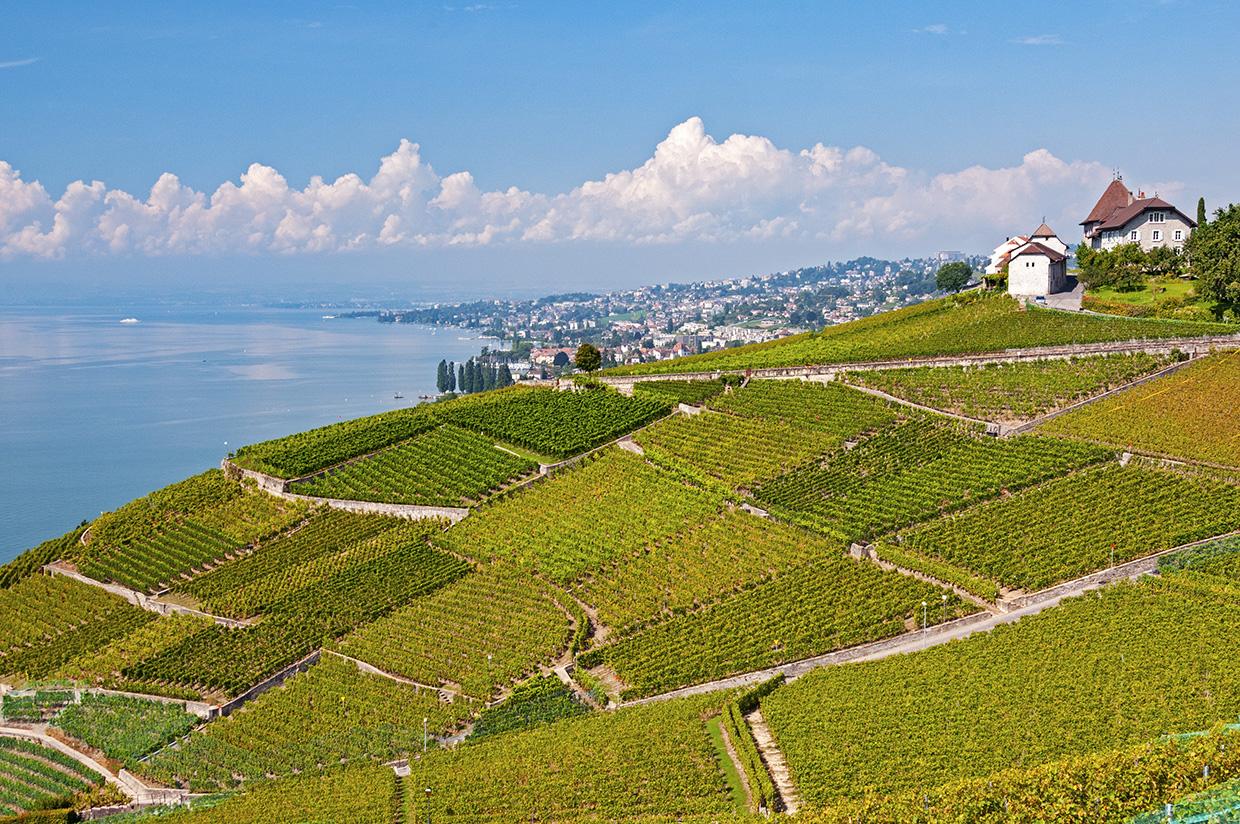
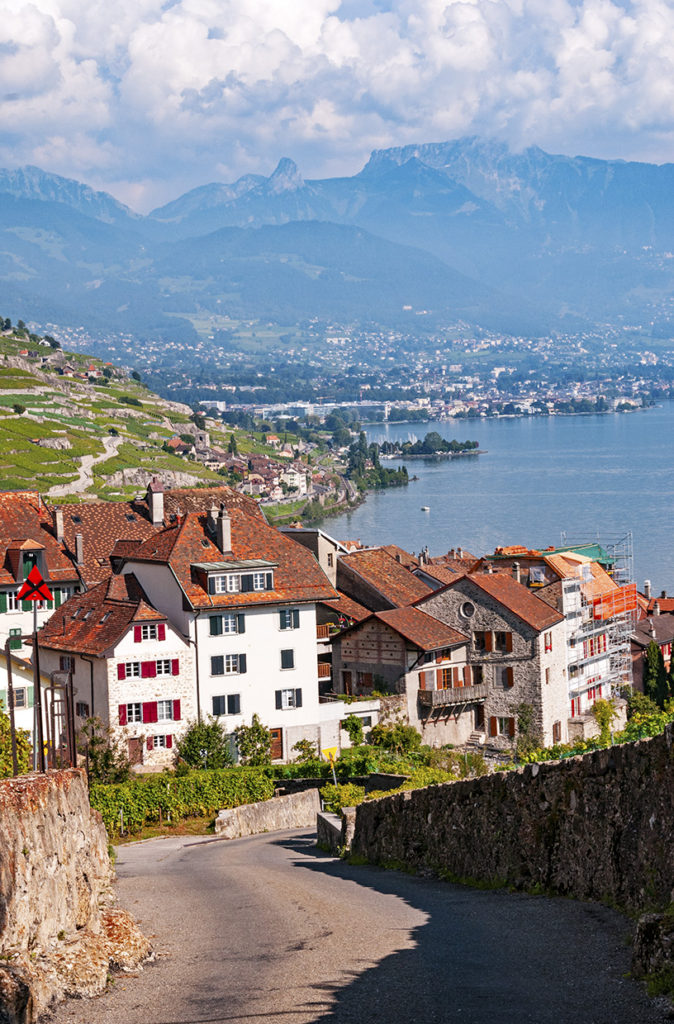
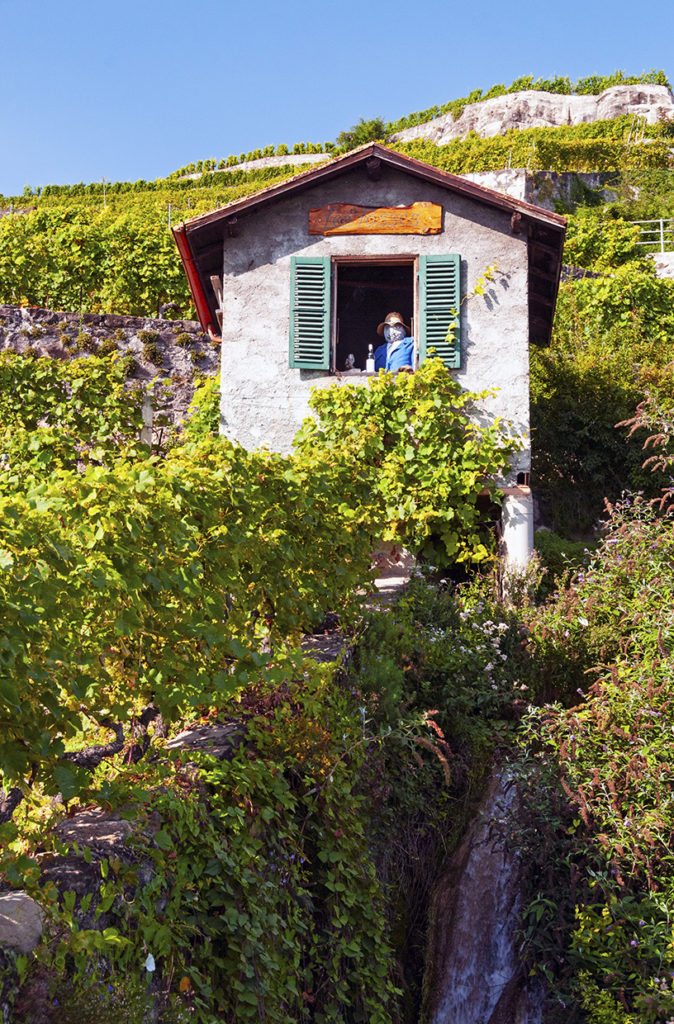
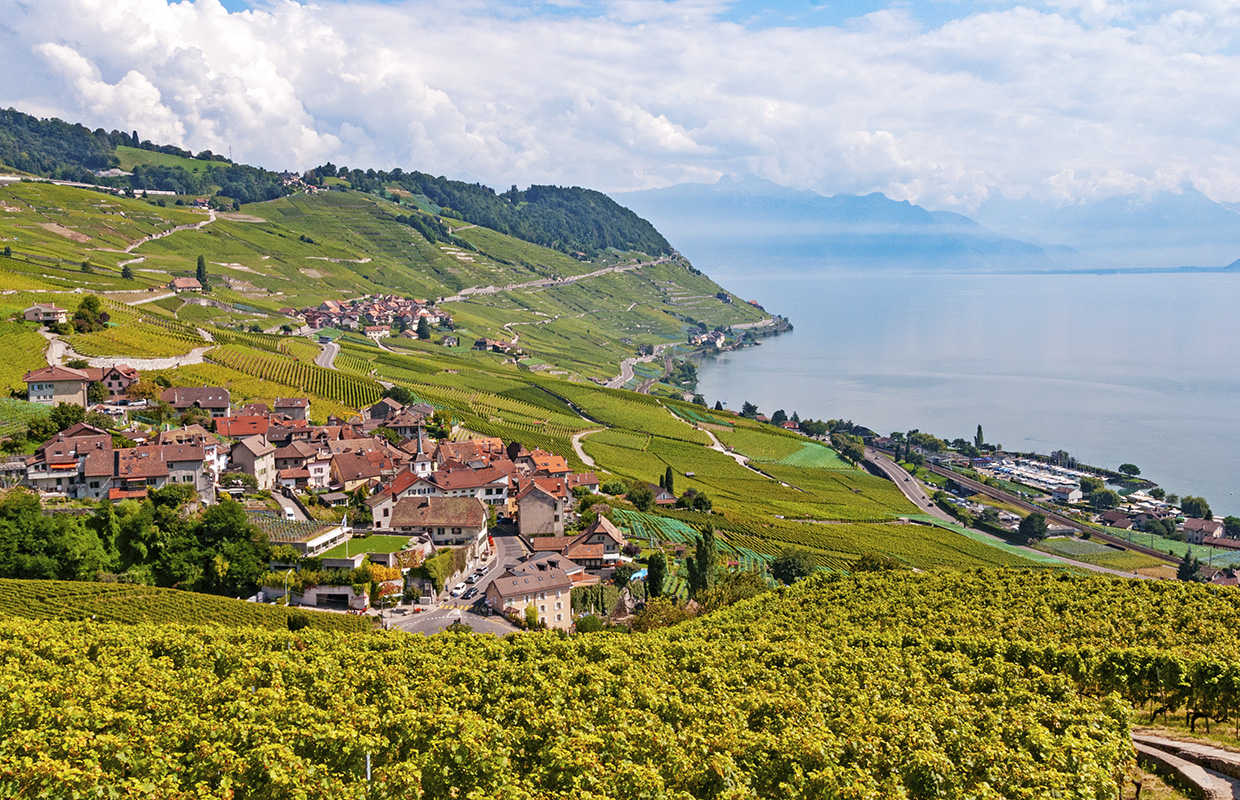
Banks of the River Seine • Paris • France
I was actually surprised to see this site on the UNESCO list but am happy it is.
It’s a testament to how Paris was built along the River Seine.
All the glorious buildings, bridges and quays that make Paris so beautiful and so … Paris!
You know me, I’m more of nature and small town gal.
But I loooovvve Paris.
Here’s an excerpt from the UNESCO website that I think says it all:
“From the Ile St Louis to the Pont Neuf, from the Louvre to the Eiffel Tower, and the Place de la Concorde to the Grand and Petit Palais, the evolution of Paris and its history can be seen from the River Seine. A large number of major monuments of the French capital are built alongside the river and on the perspectives overlooking it. The Cathedral of Notre-Dame and the Sainte Chapelle are architectural masterpieces of the Middle Ages; the Pont Neuf illustrates the spirit of French Renaissance; the coherence of the districts of the Marais and the Ile-Saint-Louis testify to Parisian town planning of the 17th and 18th centuries; finally, the banks of the river comprise the most masterful constructions of French classicism, with the Palais du Louvre, the Invalides, the Ecole Militaire and the Monnaie (the Mint). The conserved buildings of the Universal Exhibitions that took place in Paris in the 19th and 20th centuries are numerous on the banks of the River Seine. Heading the list is the Eiffel Tower, a universally recognized icon of Paris and of iron architecture. The Ile Saint Louis, the Quai Malaquais and the Quai Voltaire offer examples of coherent architectural and urban ensembles, with very significant examples of Parisian construction of the 17th and 18th centuries. The large squares and avenues built by Haussmann at the time of Napoleon III have influenced town planning throughout the world.”
That last bit, “…have influenced town planning throughout the world.”
That’s it!
This is why the Banks of the River Seine in Paris are on the UNESCO World Heritage list.
It’s definitely one my absolute favorite UNESCO Sites in Europe!
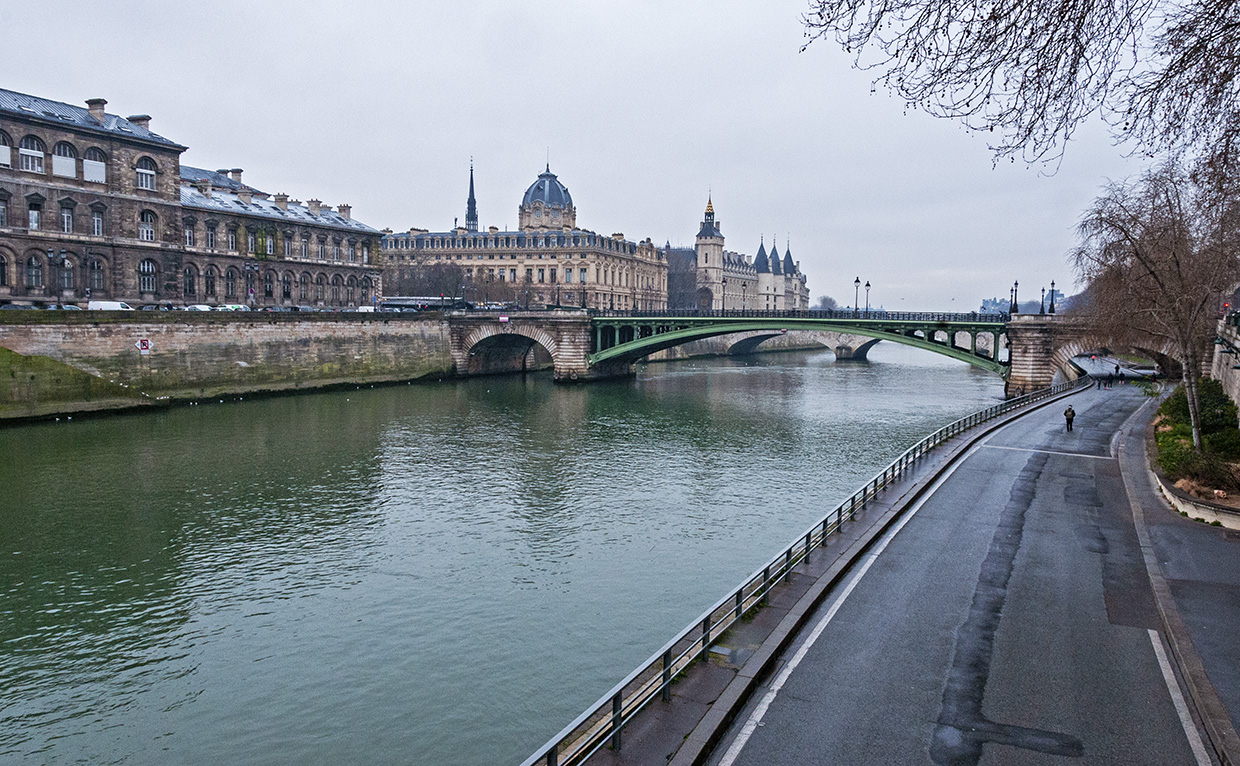
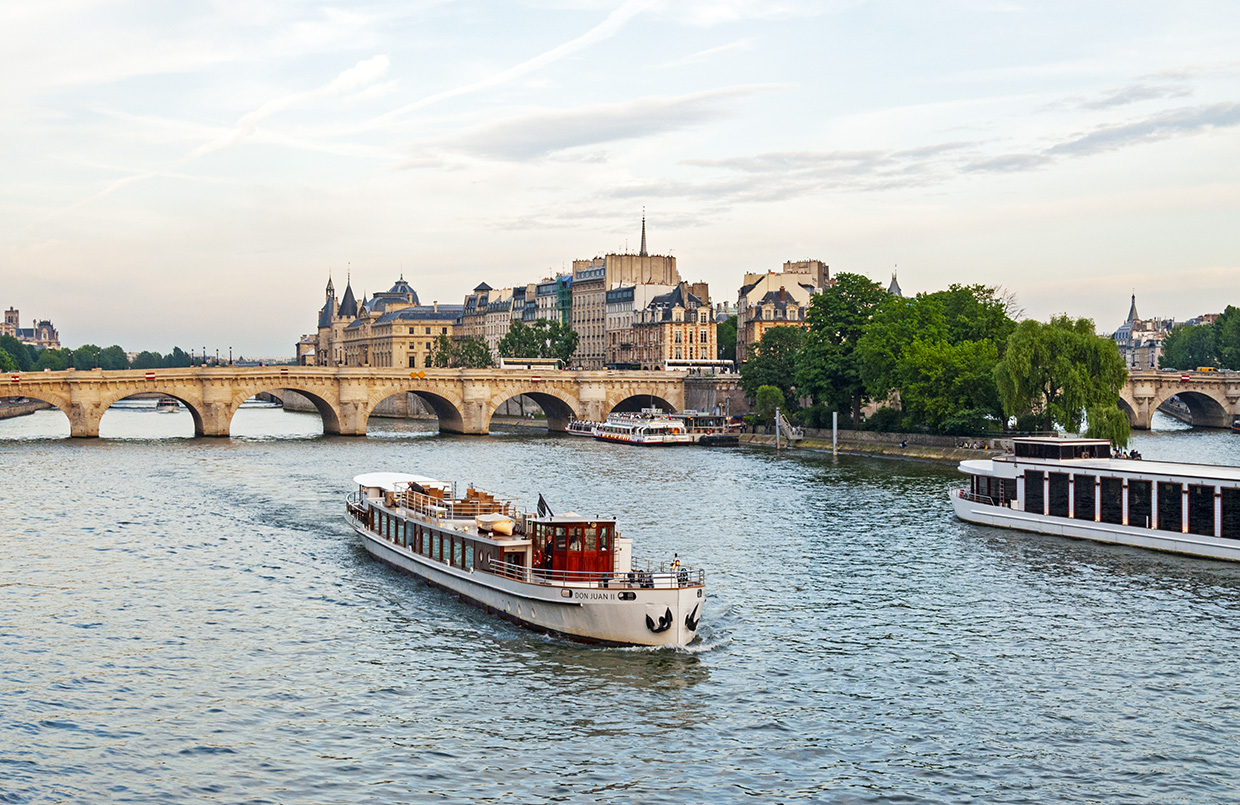
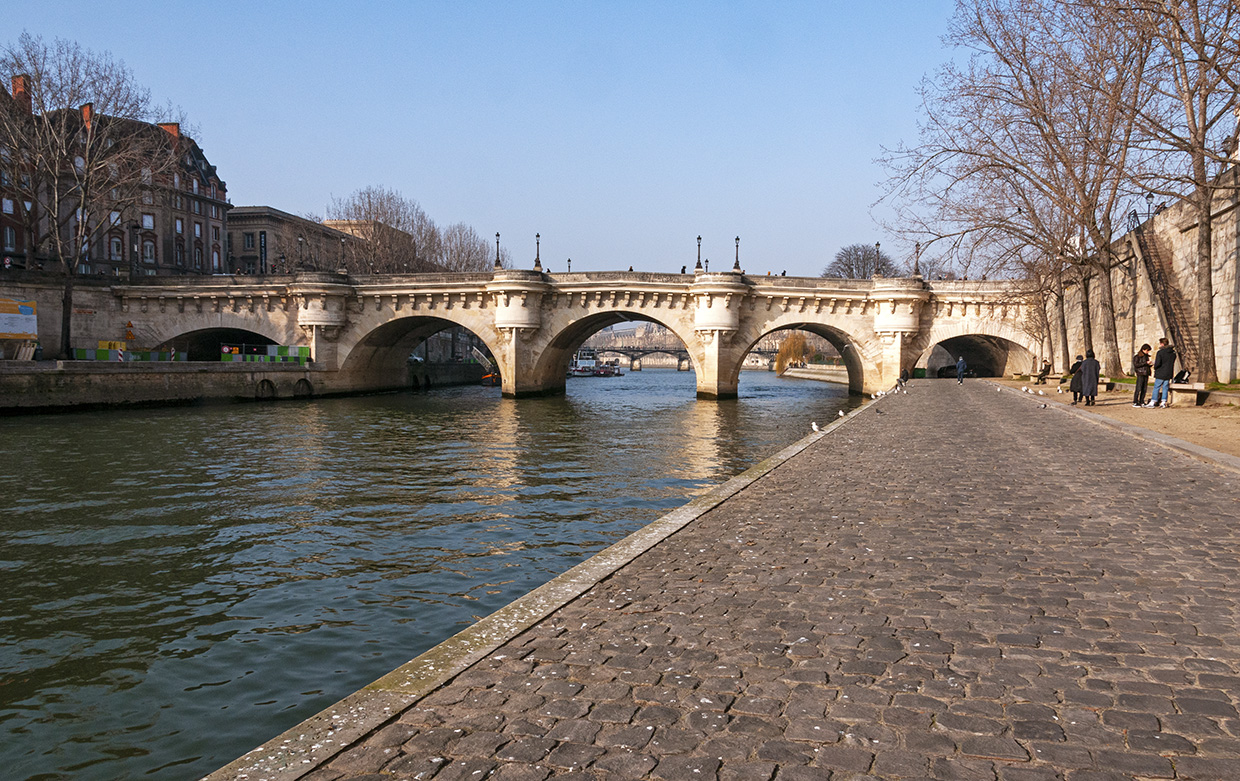
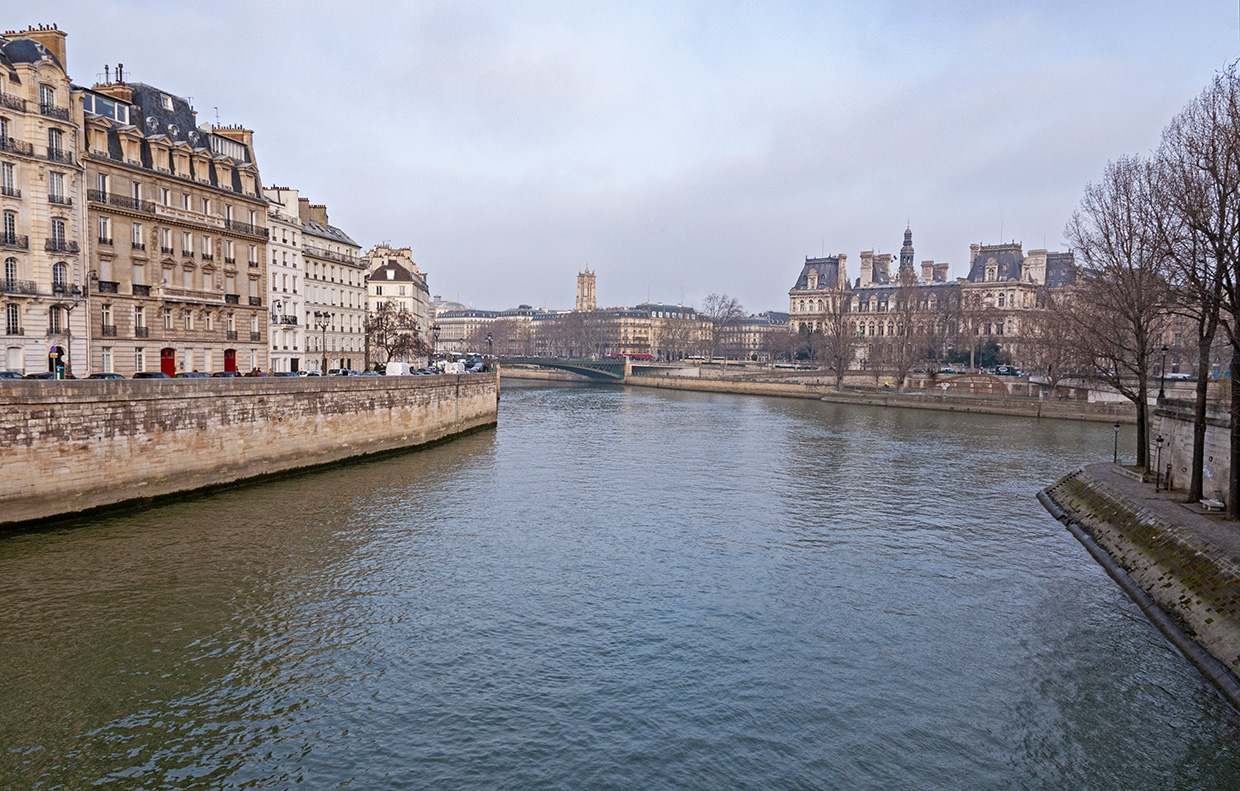
Brú na Bóinne • Ireland
One of my absolute favorite UNESCO sites in Europe is the Brú na Bóinne complex.
What is this?
Well it’s better known by its 3 sites — Newgrange, Knowth and Dowth.
Brú na Bóinne means bend in the Boyne — as in a bend in the River Boyne which is where these 3 sites are located.
And this complex makes the list because Brú na Bóinne is Europe’s “largest and most important concentration of prehistoric megalithic art. The monuments there had social, economic, religious and funerary functions.”
It’s really an amazing and very cool site with great guides and an excellent visitor center.
I highly recommend a visit to Brú na Bóinne to all my clients traveling to Ireland.
I’ve been there 3 times and will go back again — and again!
One thing that surprises me is that there are currently only 2 UNESCO World Heritage sites in Ireland — Brú na Bóinne and Skellig Michael.
However, I checked the tentative list and there are 7 listed.
So I’m hopeful that some of these (especially the Burren, Ceide Fields and Clonmacnoise) make the official list.
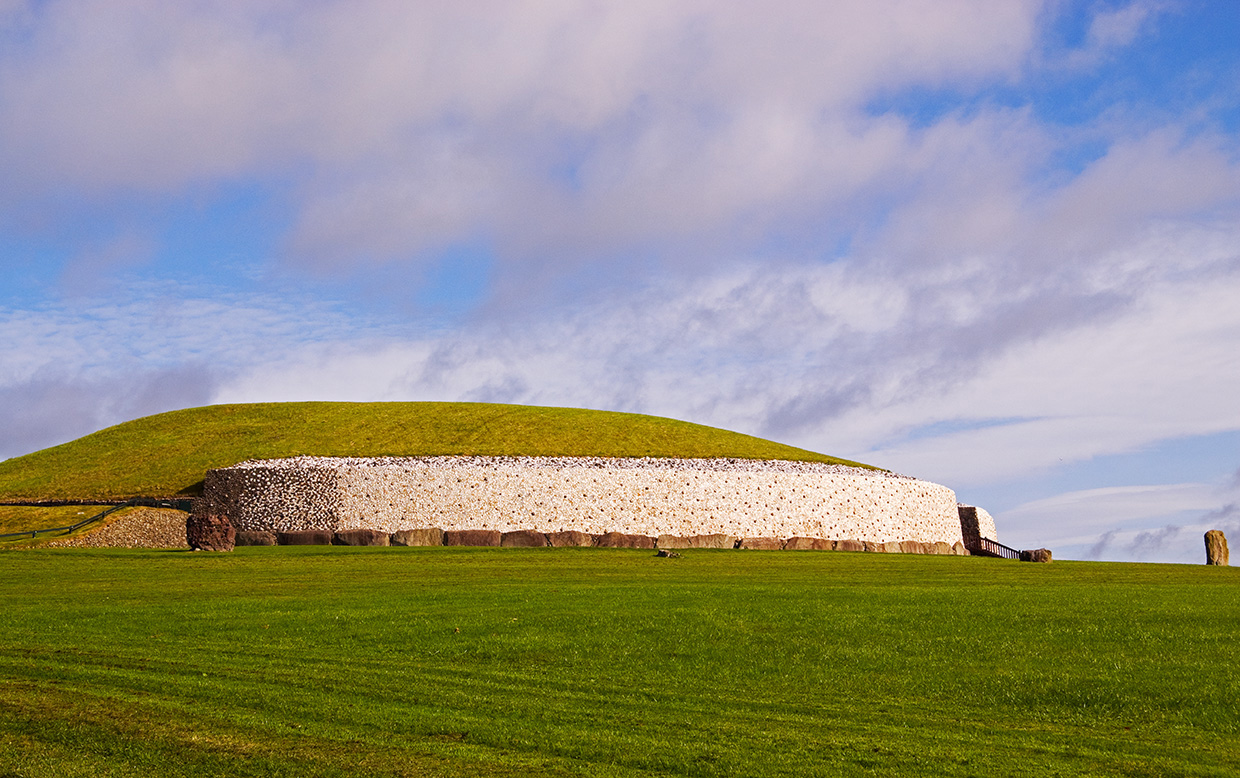
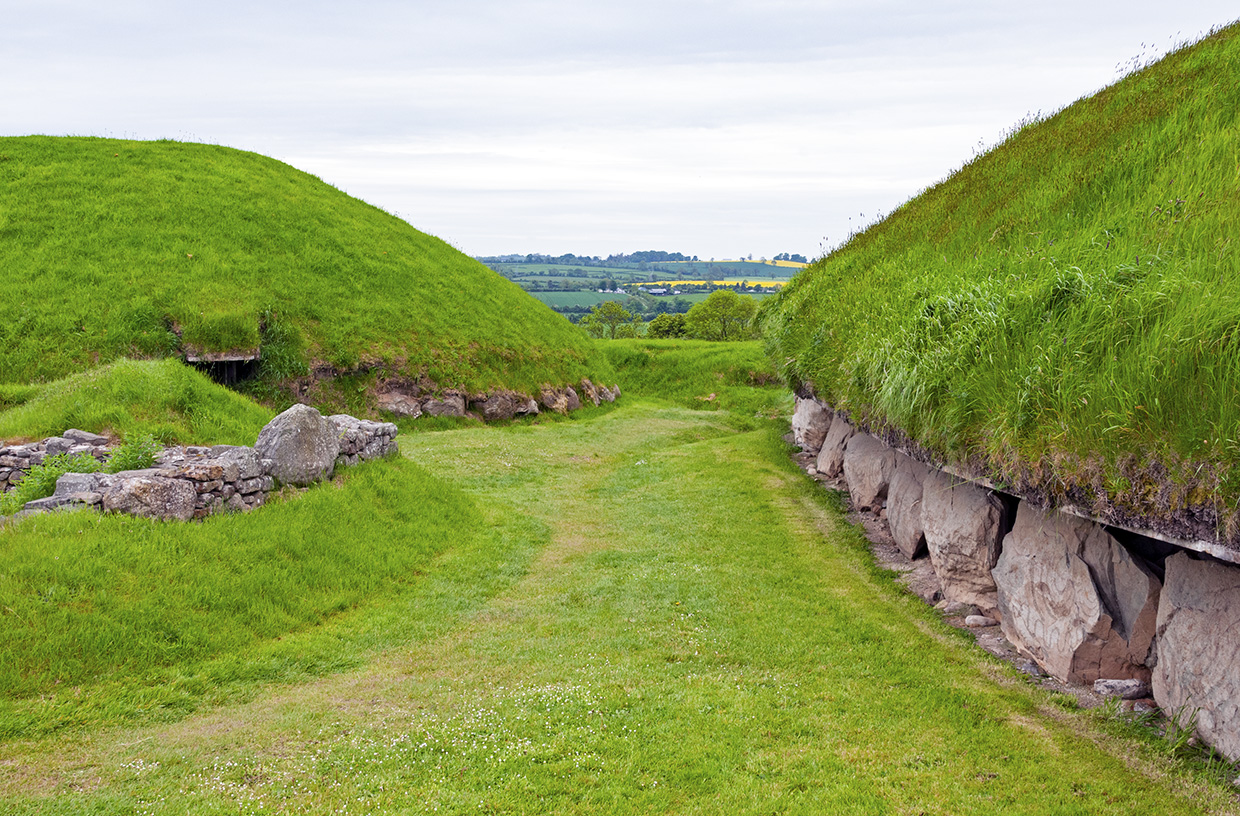
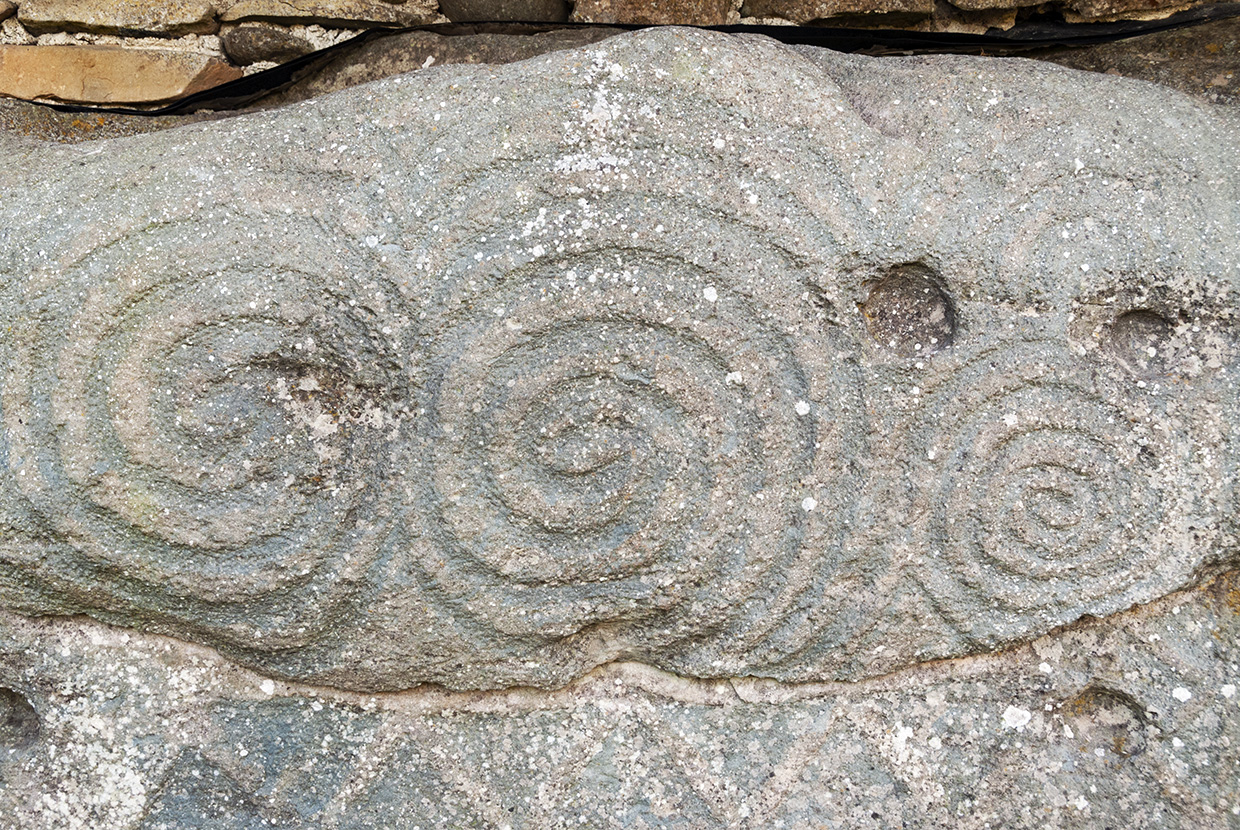
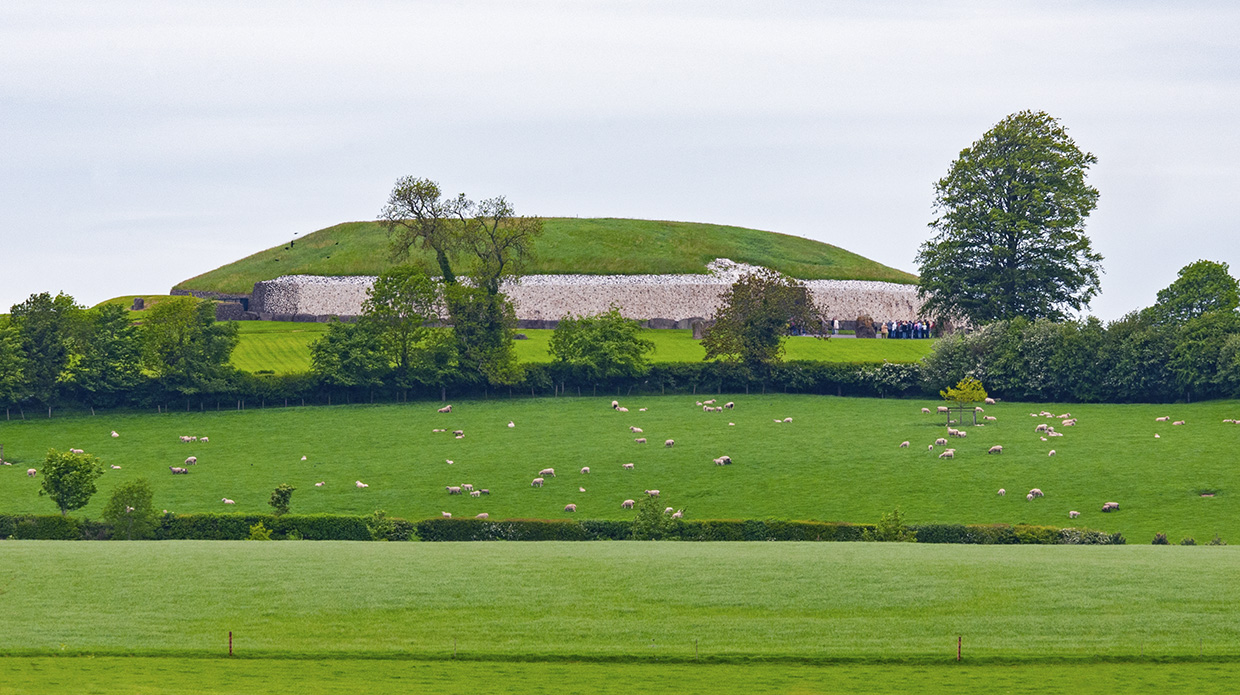
Stonehenge, Avebury & Associated Sites • England
It should be no surprise that Stonehenge and Avebury are not only UNESCO sites but that they are on my list of favorite UNESCO sites in Europe.
Another of those prehistoric, mysterious sites, Stonehenge, Avebury and associated sites include things like Woodhenge in the Stonehenge area and West Kennet Long Barrow near Avebury.
There really are a plethora of amazing sites in Wiltshire.
UNESCO says this:
“Stonehenge and Avebury, in Wiltshire, are among the most famous groups of megaliths in the world. The two sanctuaries consist of circles of menhirs arranged in a pattern whose astronomical significance is still being explored.”
Still being explored.
In other words, we have no fucking idea why these sites were built.
I love it!
By the way, I highly recommend Avebury.
It’s actually the largest prehistoric stone circle in the world.
Yup.
Don’t miss it!
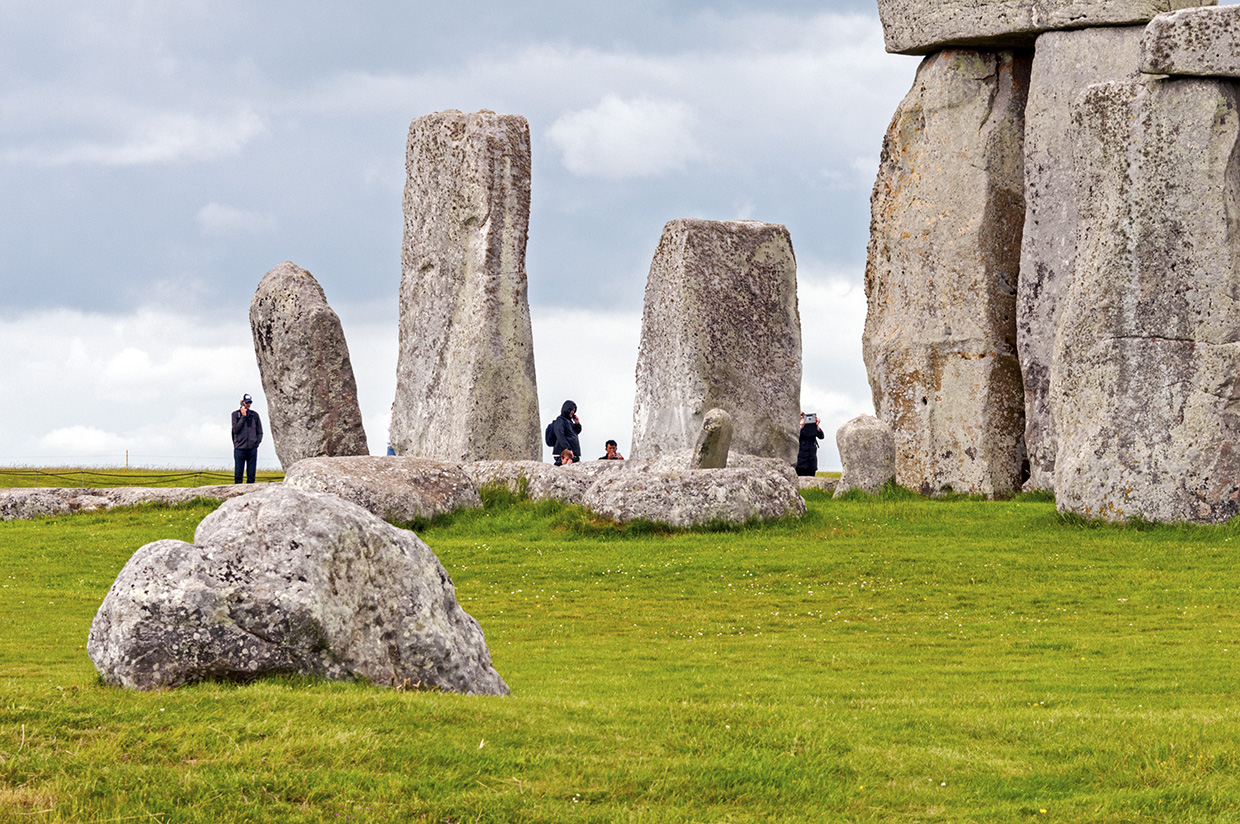
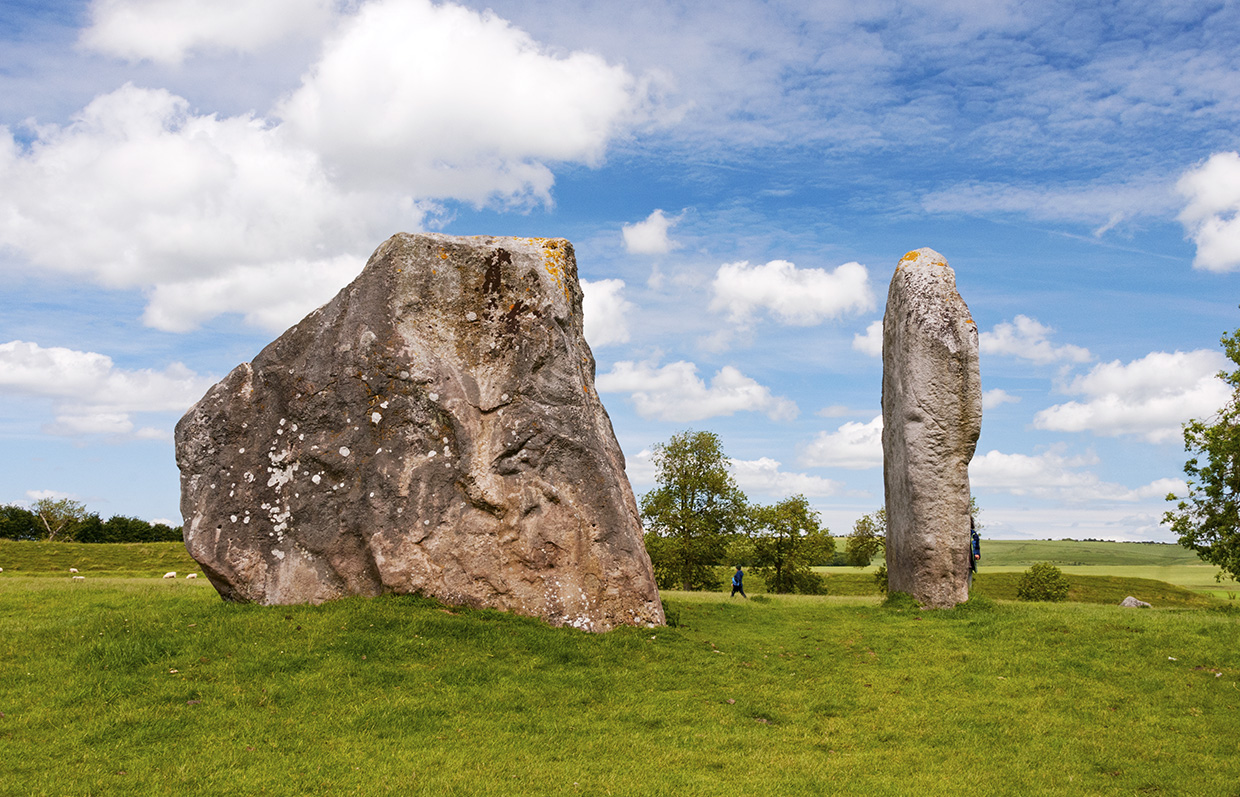
Maritime Greenwich • England
I didn’t love London.
But I did thoroughly enjoy a brief visit to Greenwich.
I took a Thames River Cruise down to Greenwich and then wandered about this piece of greater London.
The Old Royal Navy College is beautiful.
There is a lot I didn’t see such as the Queen’s House, the Royal Hospital, the Royal Park and the Royal Observatory.
All of these, and a few more, make up the UNESCO site of Maritime Greenwich.
It’s definitely a destination I would love to return to so I could see more of it.
And I think a tour with a guide would be ideal.
As a fan of architecture and parks, Maritime Greenwich is definitely one of my favorite UNESCO Sites in Europe.
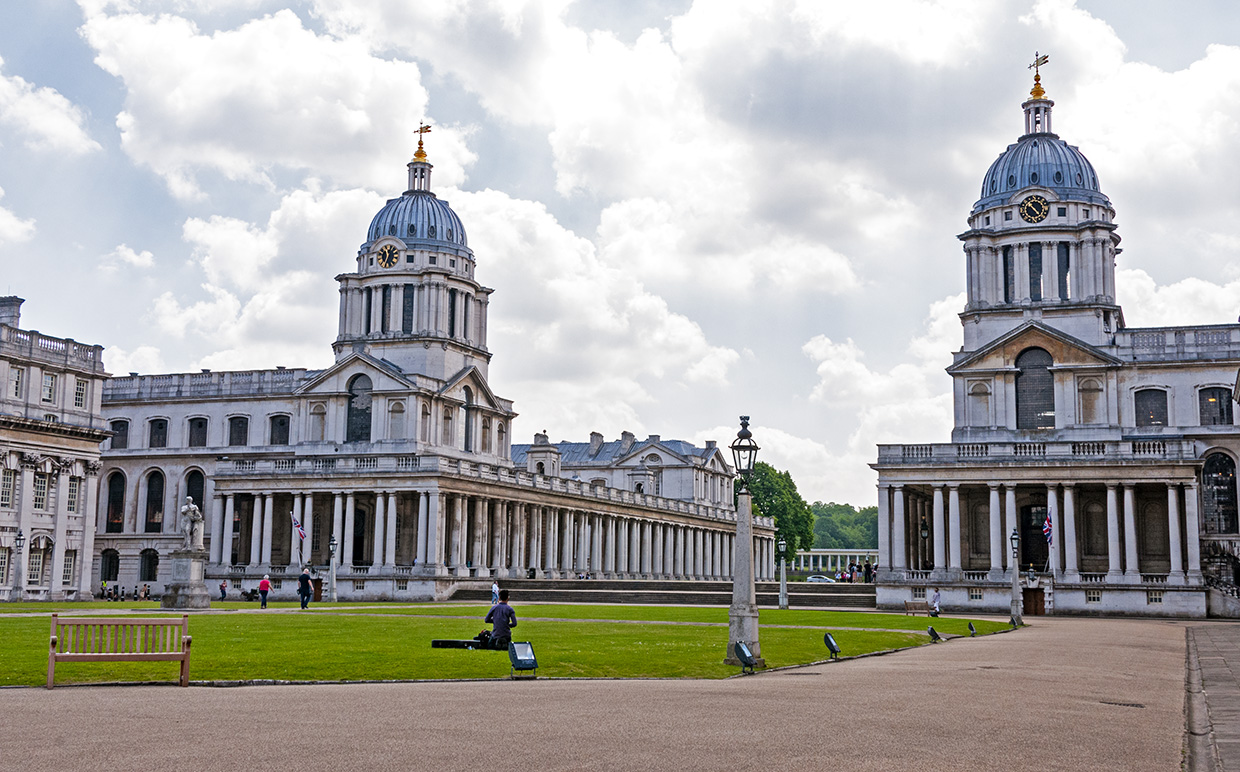
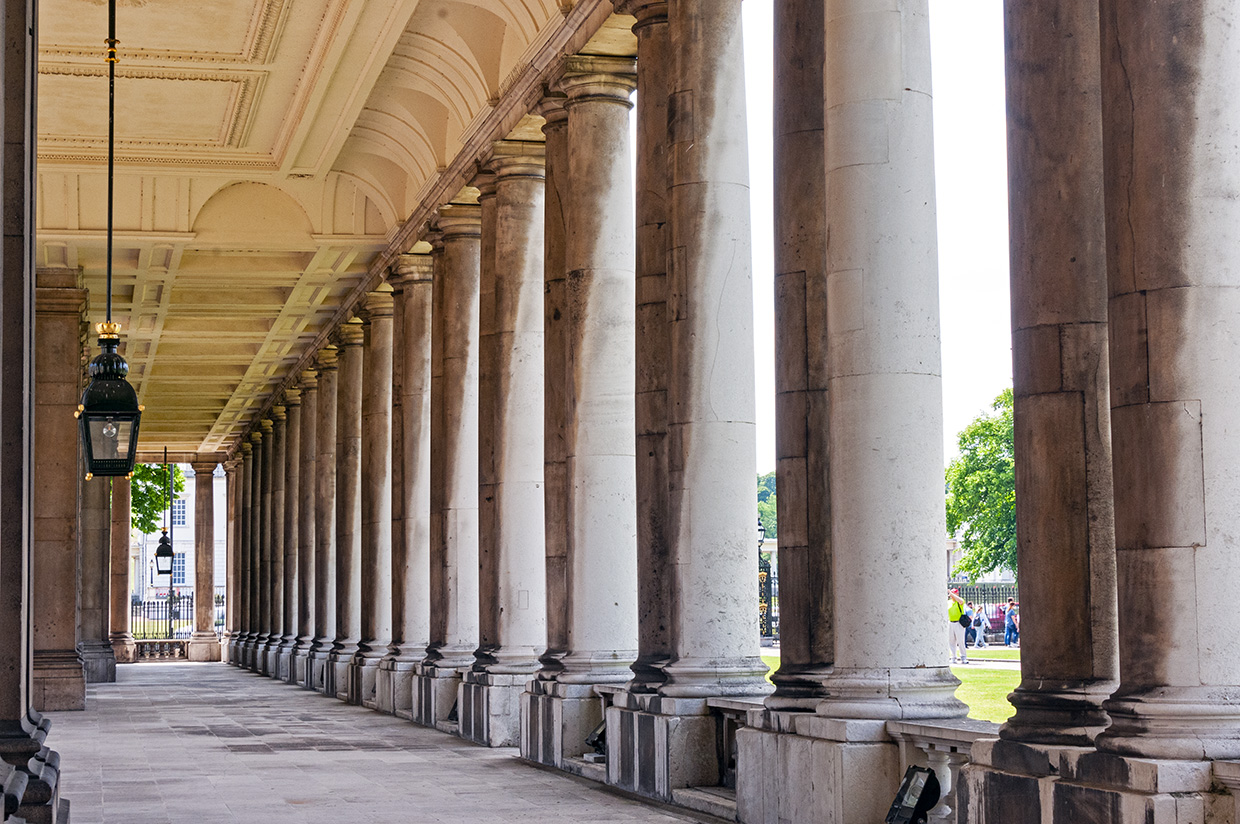
Old and New Towns of Edinburgh • Scotland
I would say that this city in Scotland would NOT have made my Favorite UNESCO Sites in Europe list in 2017.
I just didn’t love Edinburgh on my first visit.
However, after spending 5 nights here in January 2022, I have firmly changed my mind.
I have come to really like and appreciate this city.
I love other areas of Scotland more.
But Edinburgh is a city I do, now, love.
Here’s an excerpt from UNESCO:
“Edinburgh has been the Scottish capital since the 15th century. It has two distinct areas: the Old Town, dominated by a medieval fortress; and the neoclassical New Town, whose development from the 18th century onwards had a far-reaching influence on European urban planning. The harmonious juxtaposition of these two contrasting historic areas, each with many important buildings, is what gives the city its unique character.”
I agree that each ‘town’ of Edinburgh is different, distinctive.
Yet somehow they work together.
I’m partial to the Old Town with the Royal Mile and its deep rooted history.
UNESCO has this to say about the Old Town:
“The Old Town is characterized by the survival of the little-altered medieval “fishbone” street pattern of narrow closes, wynds, and courts leading off the spine formed by the High Street, the broadest, longest street in the Old Town, with a sense of enclosed space derived from its width, the height of the buildings lining it, and the small scale of any breaks between them.”
I have to thank Bo Fraser of Scotland Your Way for taking me on a journey down the Royal Mile and tucking down the wynds and courts off of that main road.
Because that is where the magic of Edinburgh is, in my opinion, and why I came to love it.
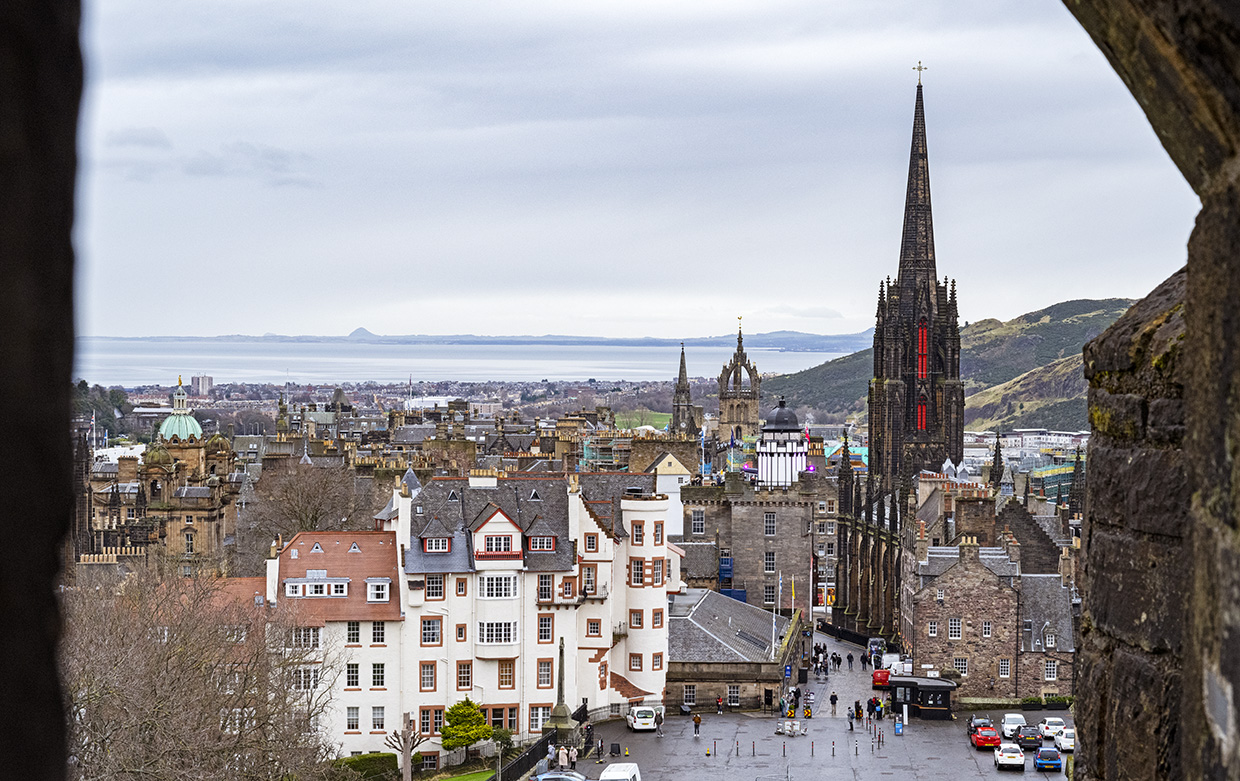
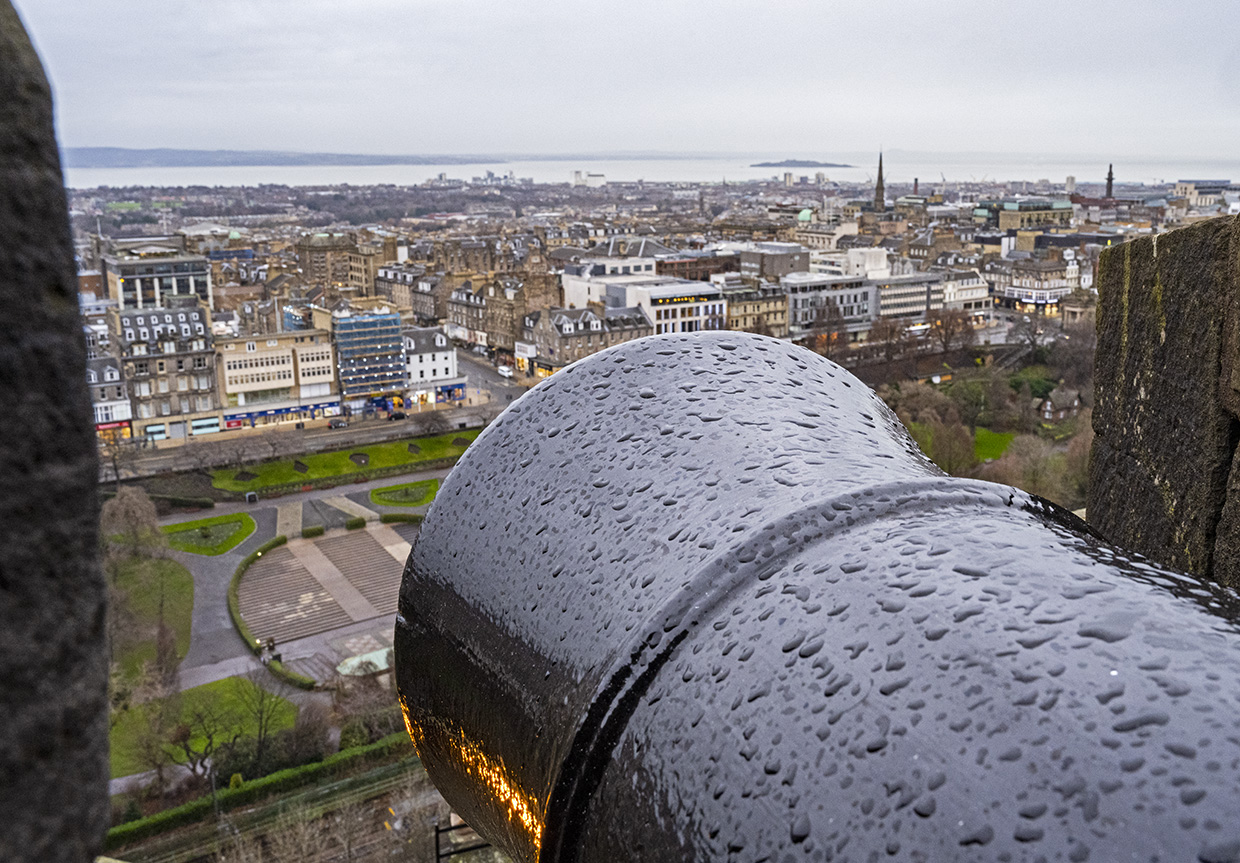
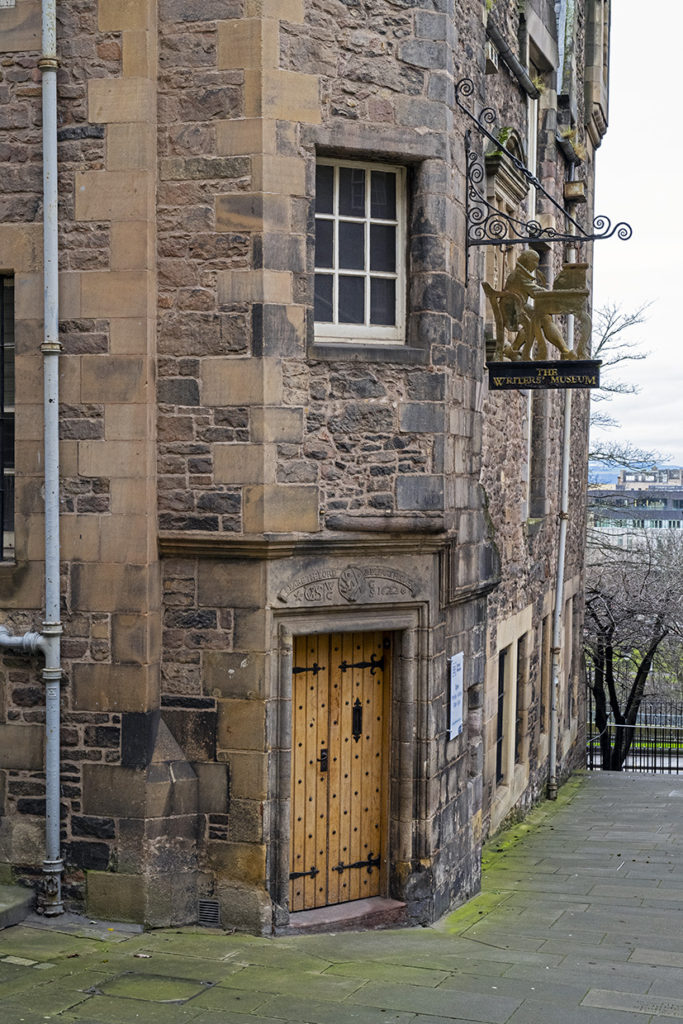
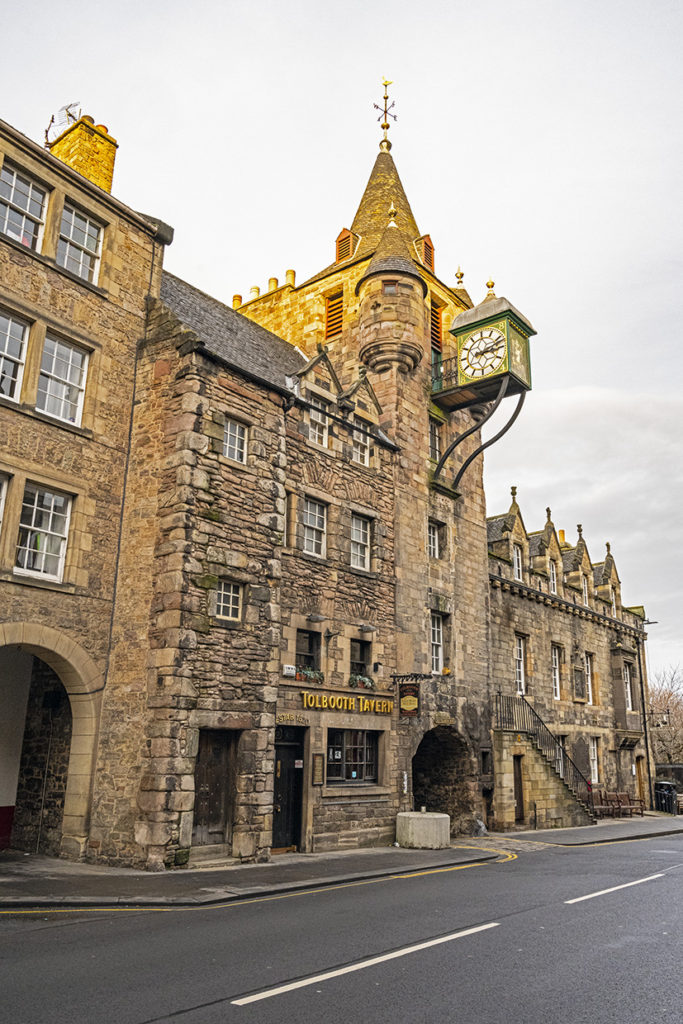
Castles and Town Walls of King Edward in Gwynedd • Wales
Gwynedd is a county in northwest Wales.
And this area was fought over by Edward I — who wanted this land — and the locals — Llewellyns — who fought to keep it.
There are actually 4 castles — Caernarfon, Beaumaris, Harlech and Conwy.
Conwy and Caernarfon also have fortified towns.
While I saw the exterior of Beaumaris, I didn’t go in it.
I did, however, tour Caernarfon Castle and I walked around the town a wee bit.
Caernarfon is impressive as hell.
It is so well-preserved and has so much to explore.
You need a good half day just for the castle!
As UNESCO says:
“The castles and fortifications of Gwynedd are the finest examples of late 13th century and early 14th century military architecture in Europe.”
This area of Wales is one I would highly recommend for anyone wanting some castle time.
Caernarfon Castle and its charming town are one of my favorite UNESCO sites in Europe.
Don’t miss it!
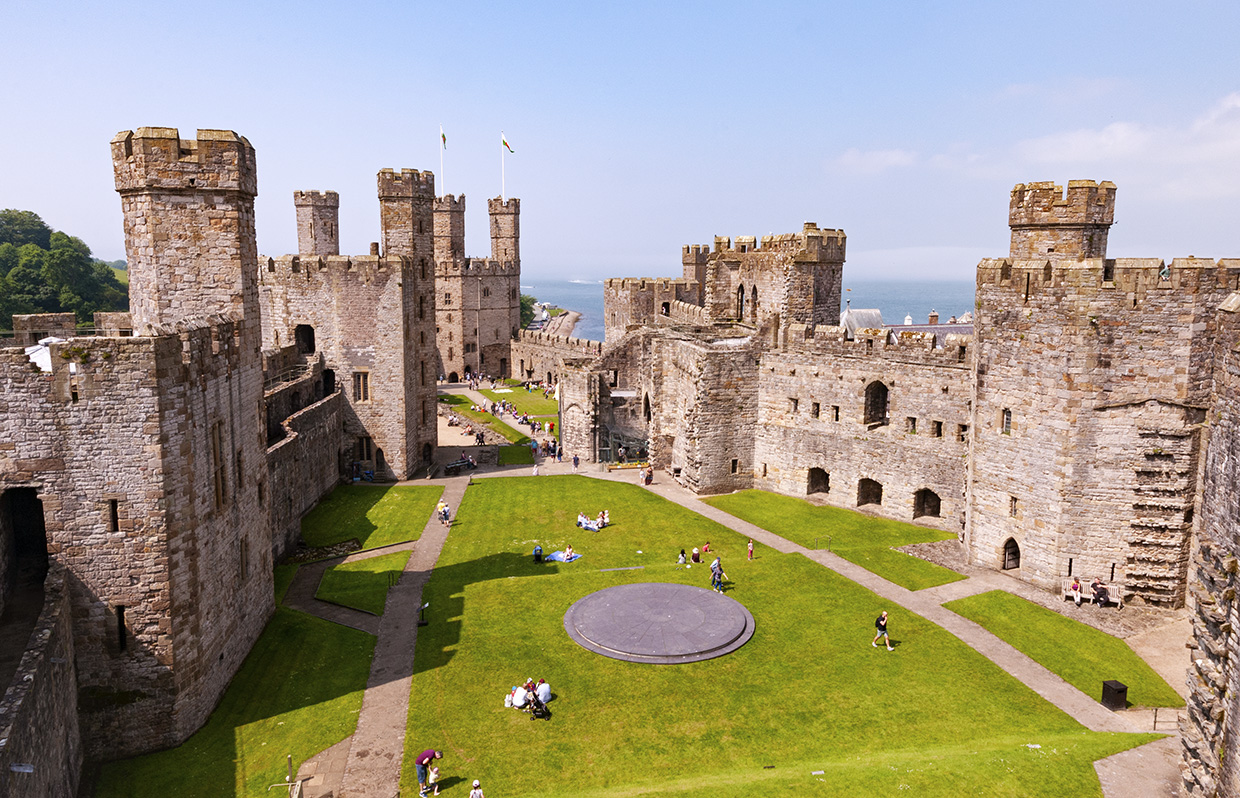
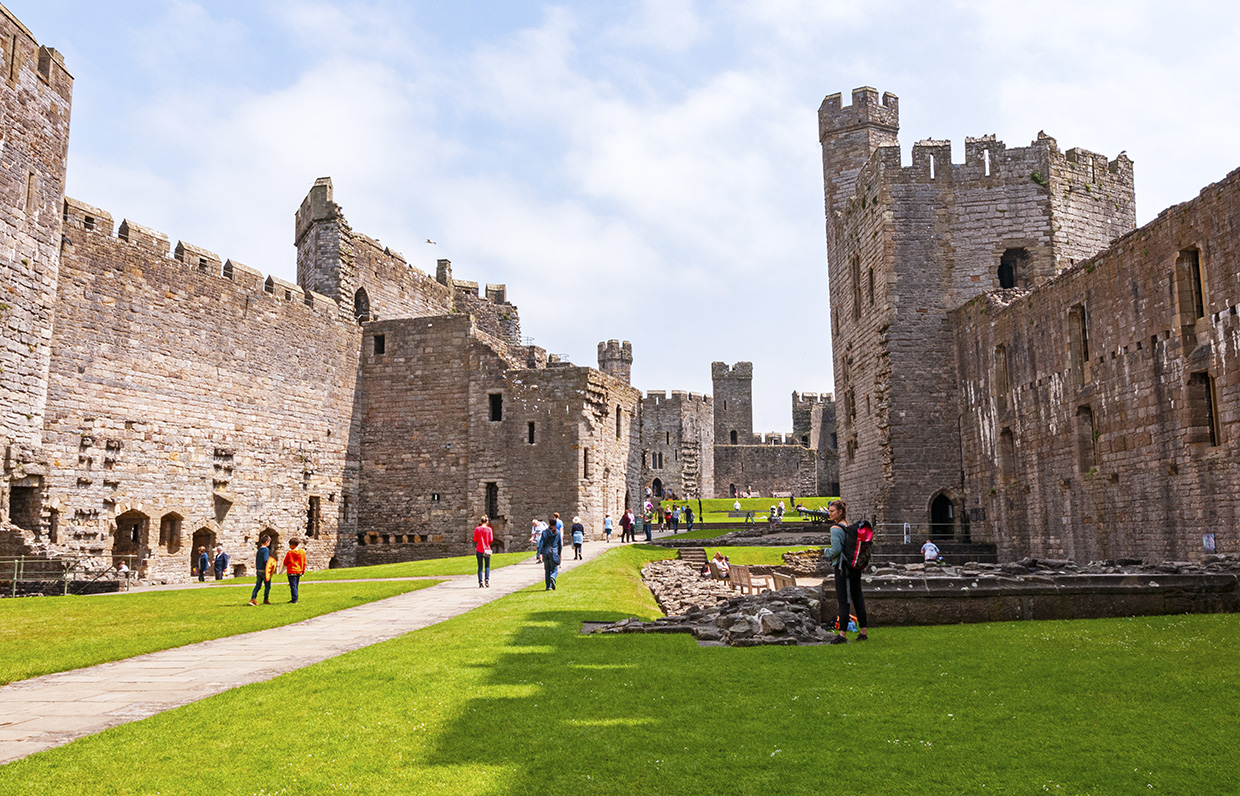
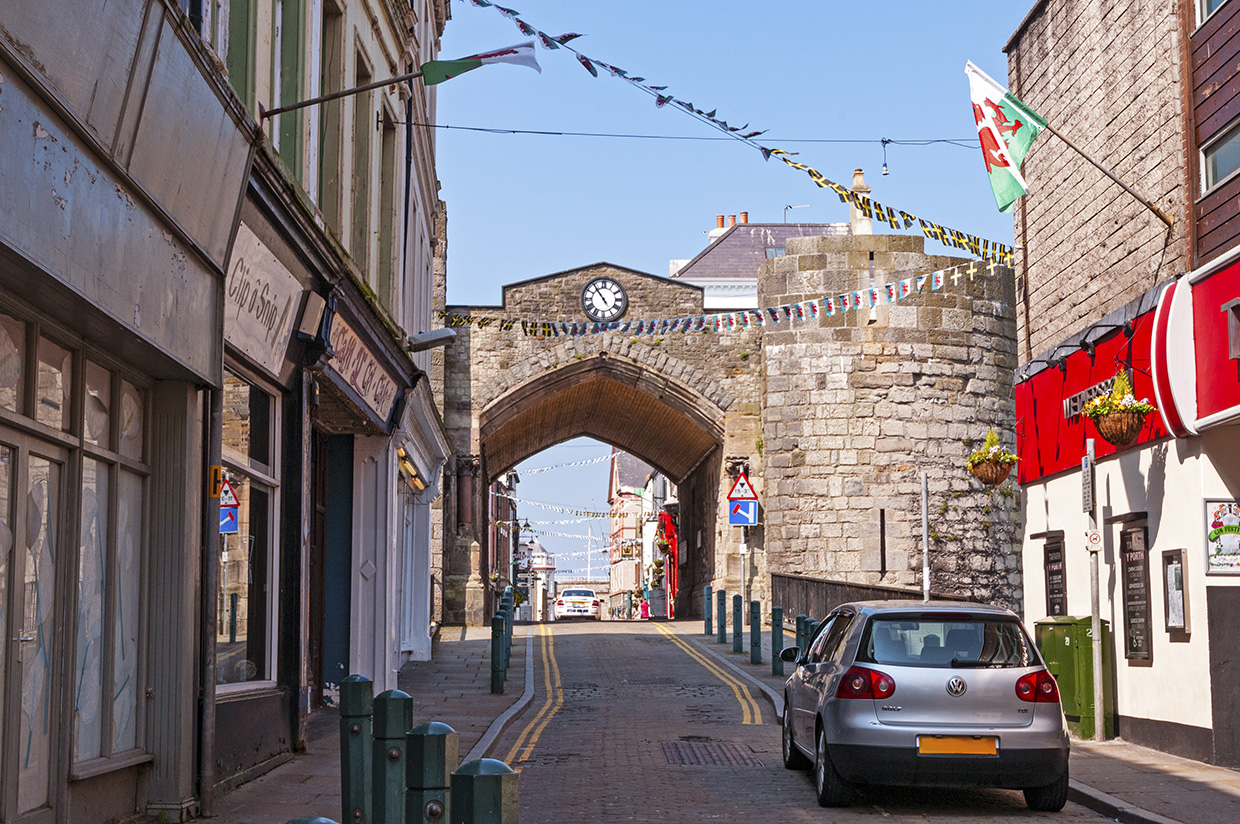
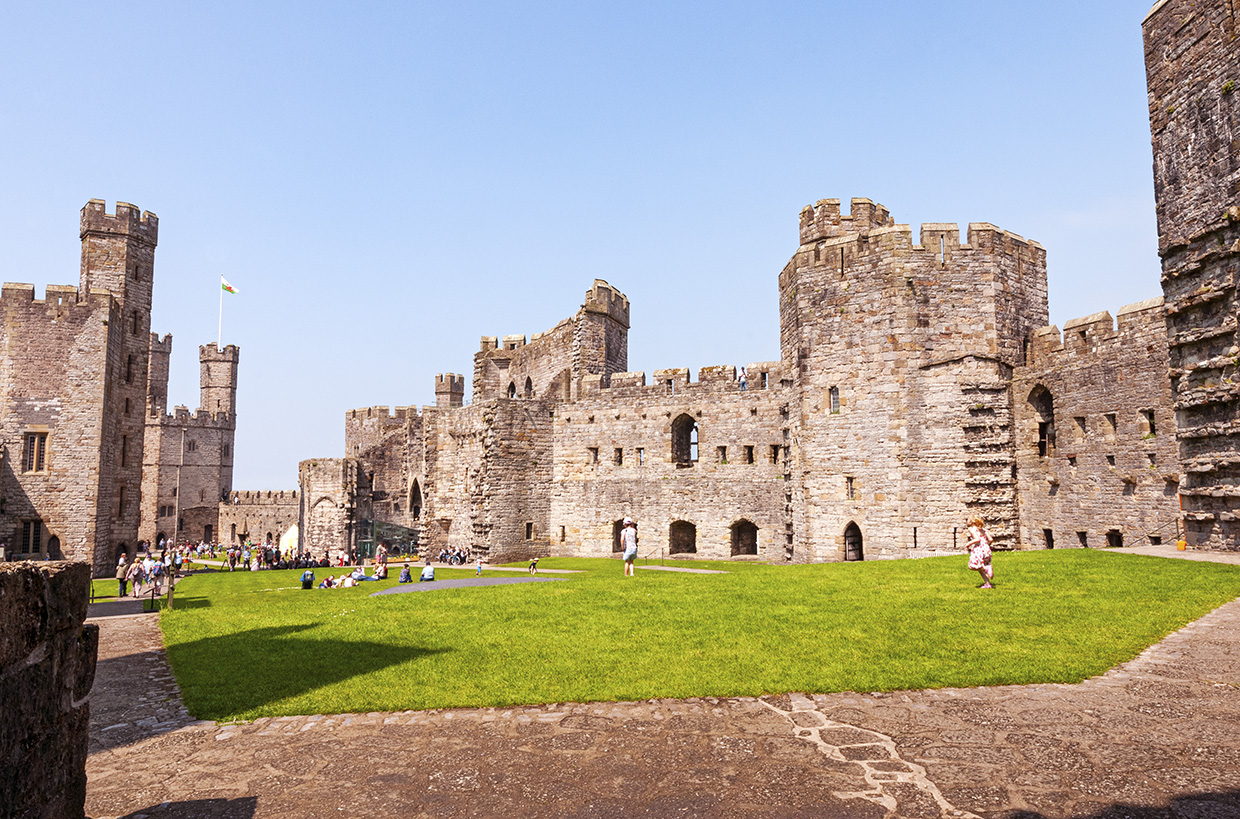
Giant’s Causeway and Causeway Coast • Northern Ireland
A natural UNESCO site (versus a cultural one) the Giant’s Causeway and the coast around it are a definite favorite UNESCO Site in Europe.
I have a great post on my impressions of the Giant’s Causeway but let’s just say that I am duly impressed by this geological wonder.
Here’s a bit of what UNESCO has to say about this awesome site:
“The Giant’s Causeway and Causeway Coast is a spectacular area of global geological importance on the sea coast at the edge of the Antrim plateau in Northern Ireland. The most characteristic and unique feature of the site is the exposure of some 40,000 large, regularly shaped polygonal columns of basalt in perfect horizontal sections, forming a pavement. This dramatic sight has inspired legends of giants striding over the sea to Scotland. Celebrated in the arts and in science, it has been a visitor attraction for at least 300 years and has come to be regarded as a symbol for Northern Ireland.”
Admittedly, I wasn’t sure how wowed I was at first as it just didn’t seem that big.
But once I got up close to Giant’s Causeway and had the opportunity to walk on it, the wow factor kicked in.
Do take in the visitor center as it’s a wonderful way to explain how special this geological phenomenon is.
And definitely take in the Antrim Coast — also known as the Causeway Coast — as it is also geologically impressive and significant — and gorgeous!
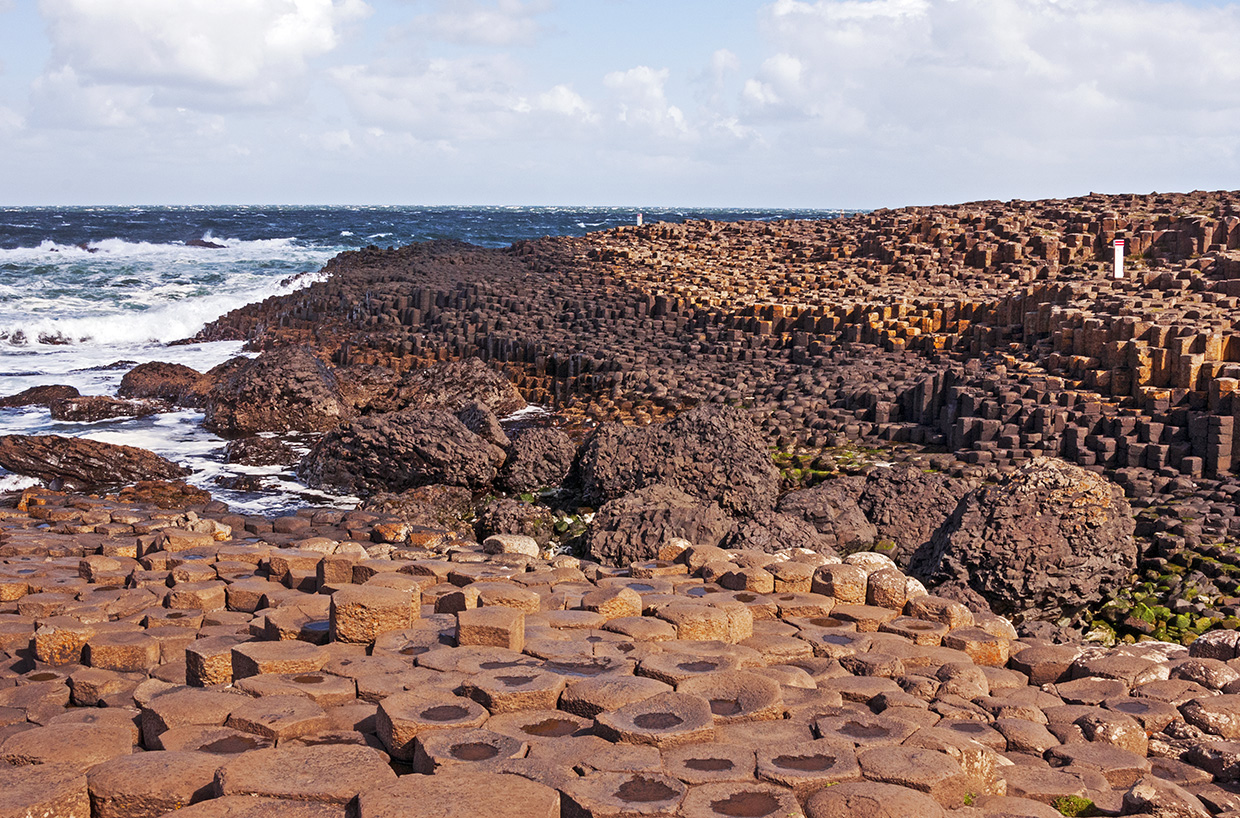
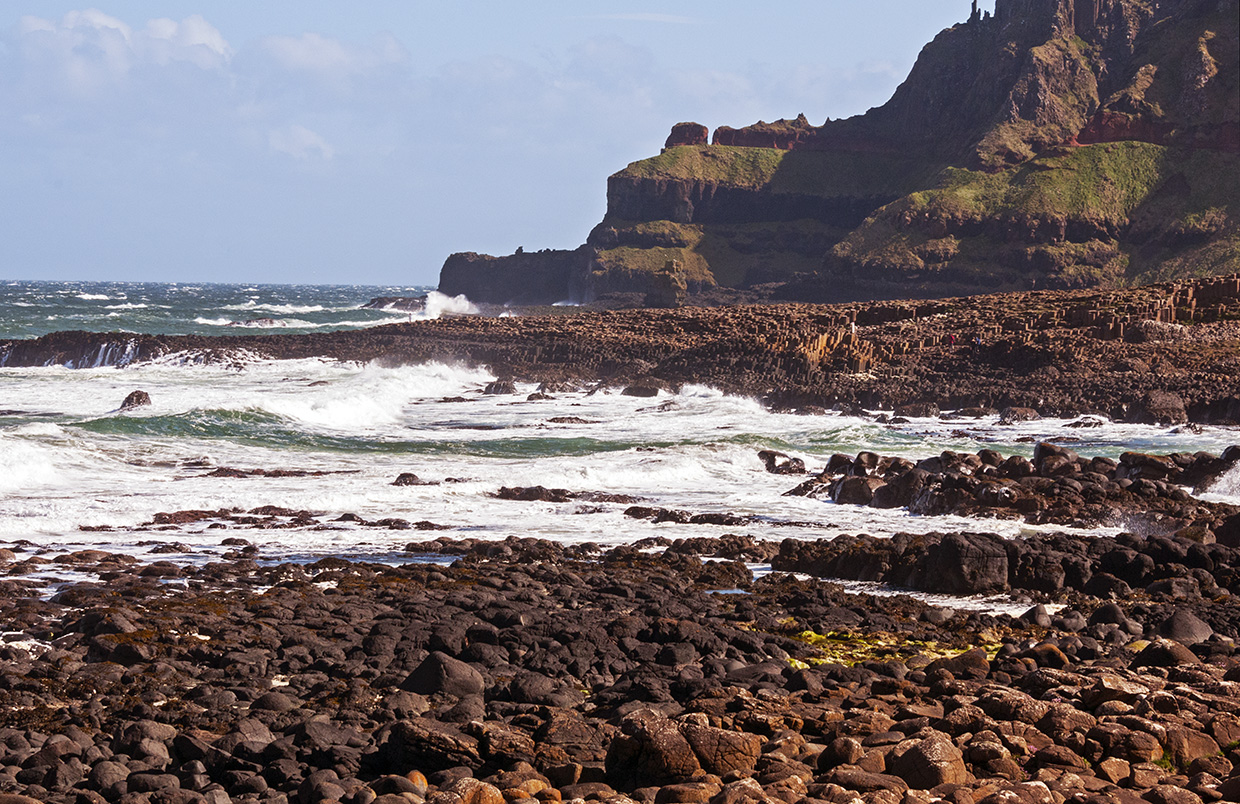
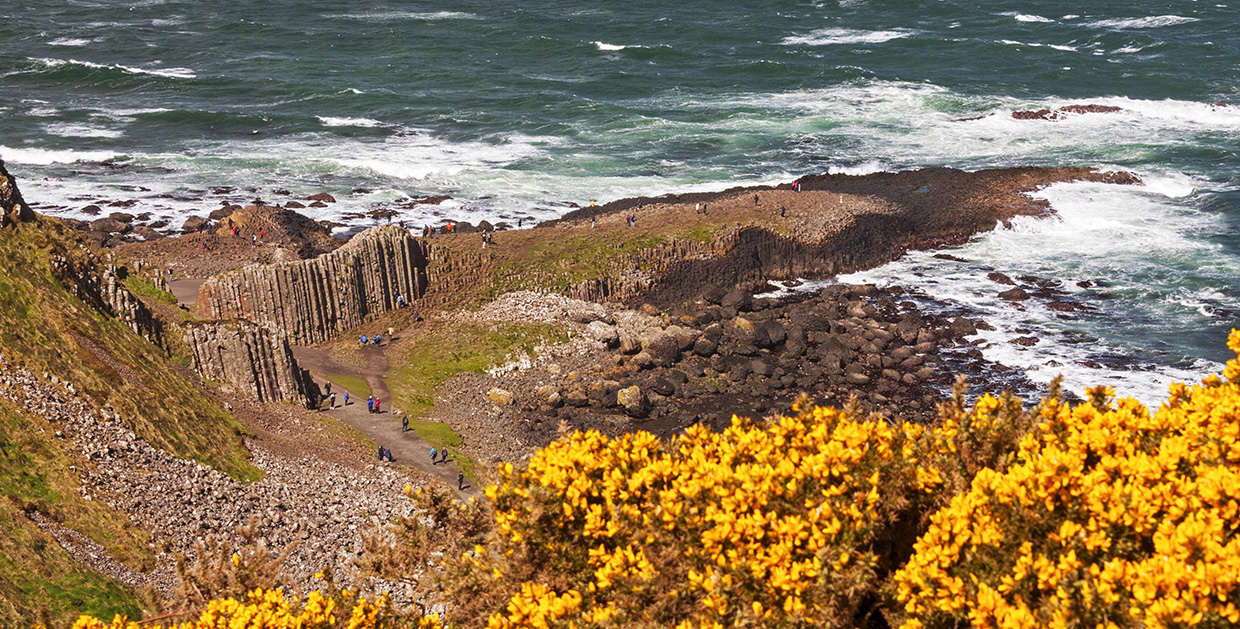
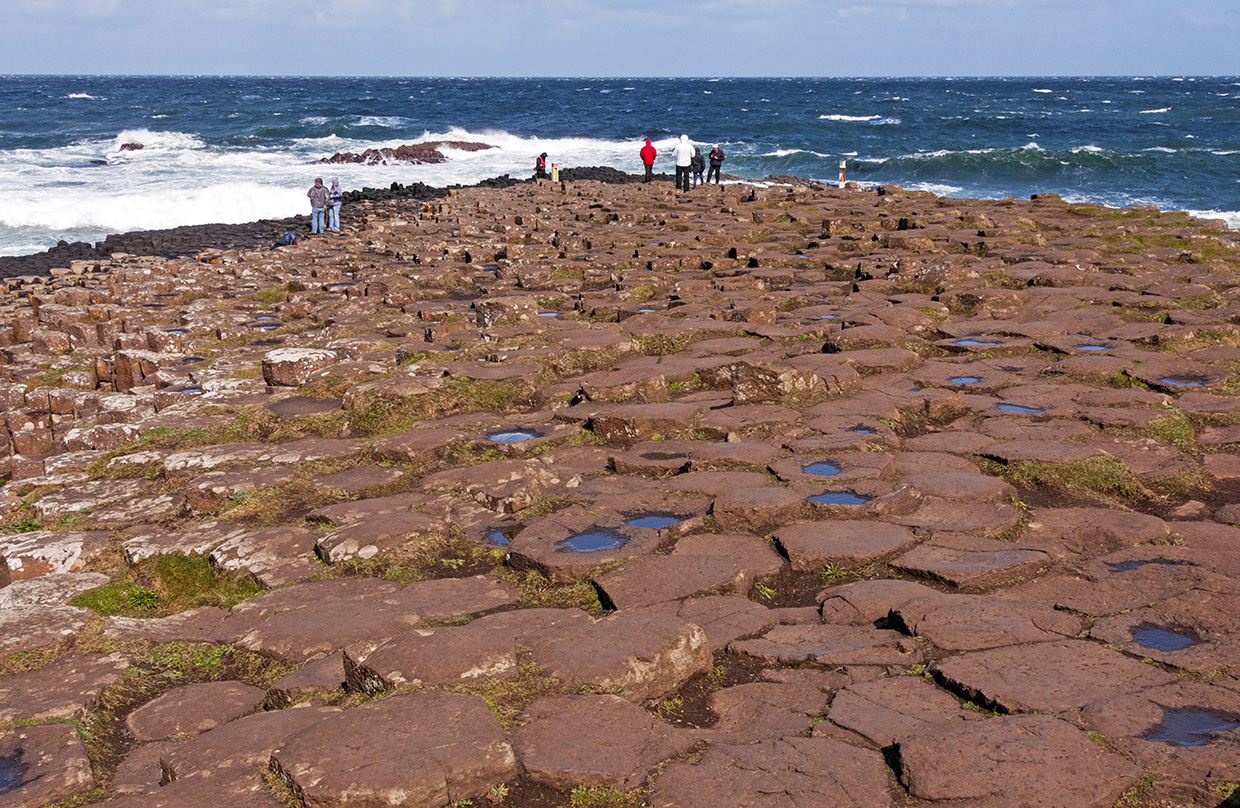
Alhambra, Generalife and Albayzín • Granada • Spain
When I look back, I realize that this was my first UNESCO Site in Europe.
So it’s been a while since I’ve been to the Alhambra, but it is a site that sticks with me — and that I would love to return to.
It’s really spectacular.
You are probably wondering exactly what it is.
Well, the Alhambra is an Arabic (Moorish) palace with the Generalife being the adjacent gardens.
And the Albayzín is the residential neighborhood near the Alhambra that has Arabic features as well.
Remember that this part of Spain was once conquered and ruled by the Moors in the 13th and 14th Centuries.
And the Alhambra is the palace where the emir (king) lived.
Here is what UNESCO says:
“The Alhambra, with its continuous occupation over time, is currently the only preserved palatine city of the Islamic period. It constitutes the best example of Nasrid art in its architecture and decorative aspects. The Generalife Garden and its vegetable farms represent one of the few medieval areas of agricultural productivity.
…The development of the materials used in the Alhambra and Generalife are unique particularly with the use of plaster, wood and ceramics as decorative elements. Together with the use of the Arabic epigraphy, constructions were transformed into an ensemble of “talking architecture”, whose contents are related to the religious, political and poetic world of the Nasrid Dynasty, preserved and enriched by the best examples of the humanistic and innovative art of the Spanish Renaissance. The architectural ensemble is a living example of the mix of Easter and Western artistic traditions.”
I love this site so much.
It really is “talking architecture”.
And the use of water features and vegetation make this palace so inviting.
The Alhambra is truly a WOW site.
It may be my absolute favorite UNESCO site in Europe.
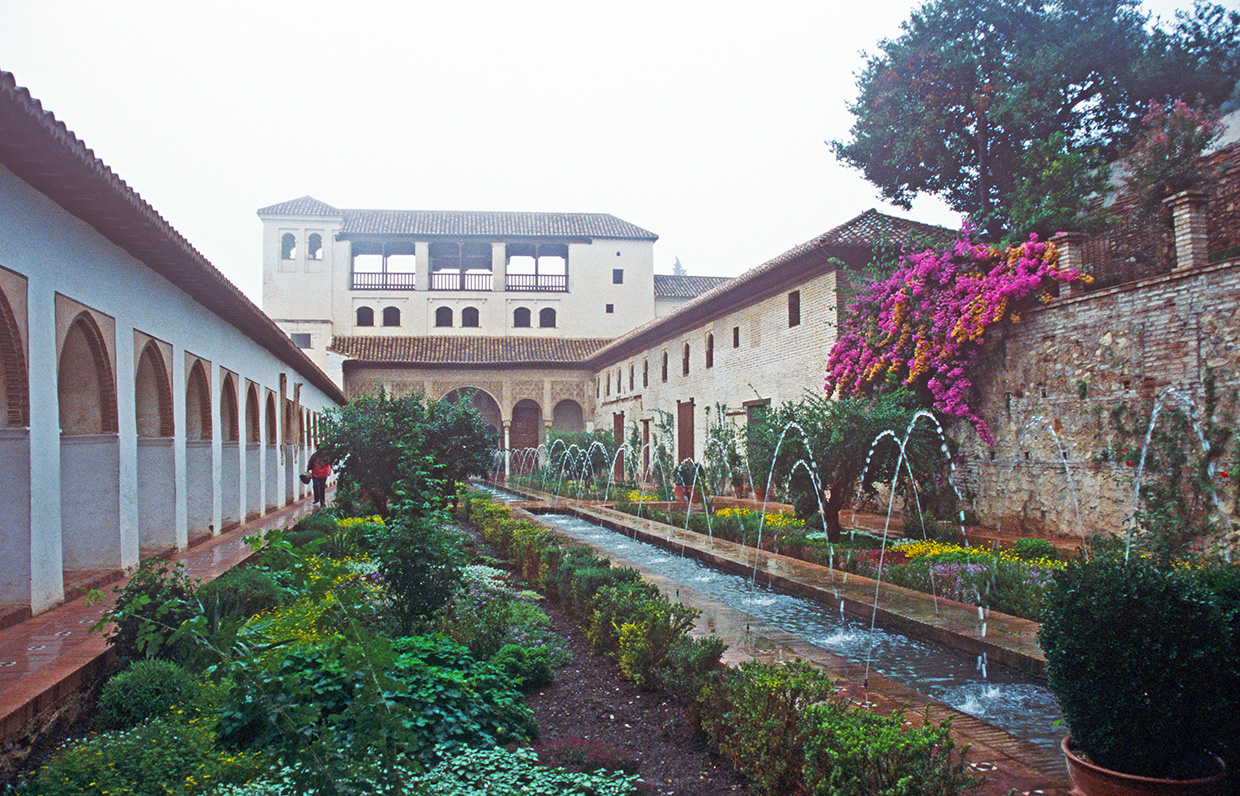
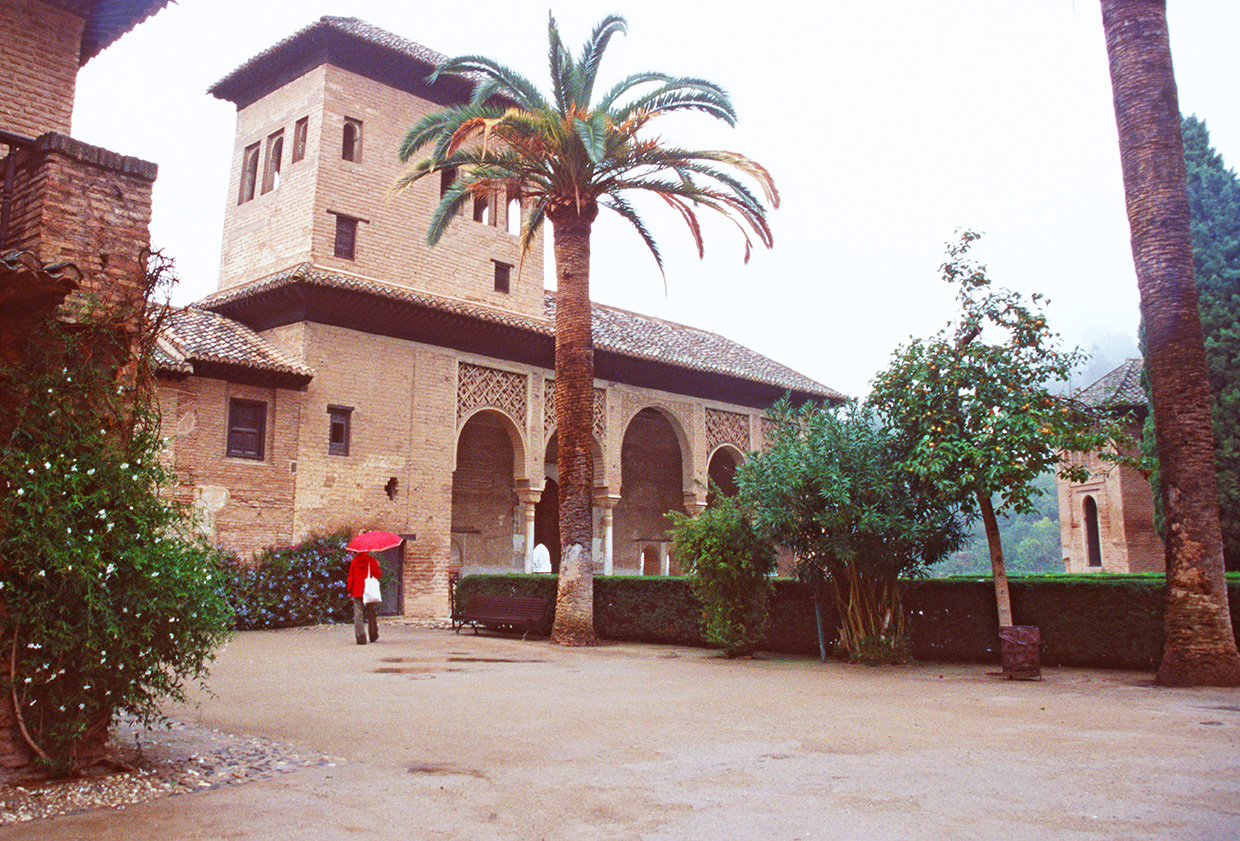
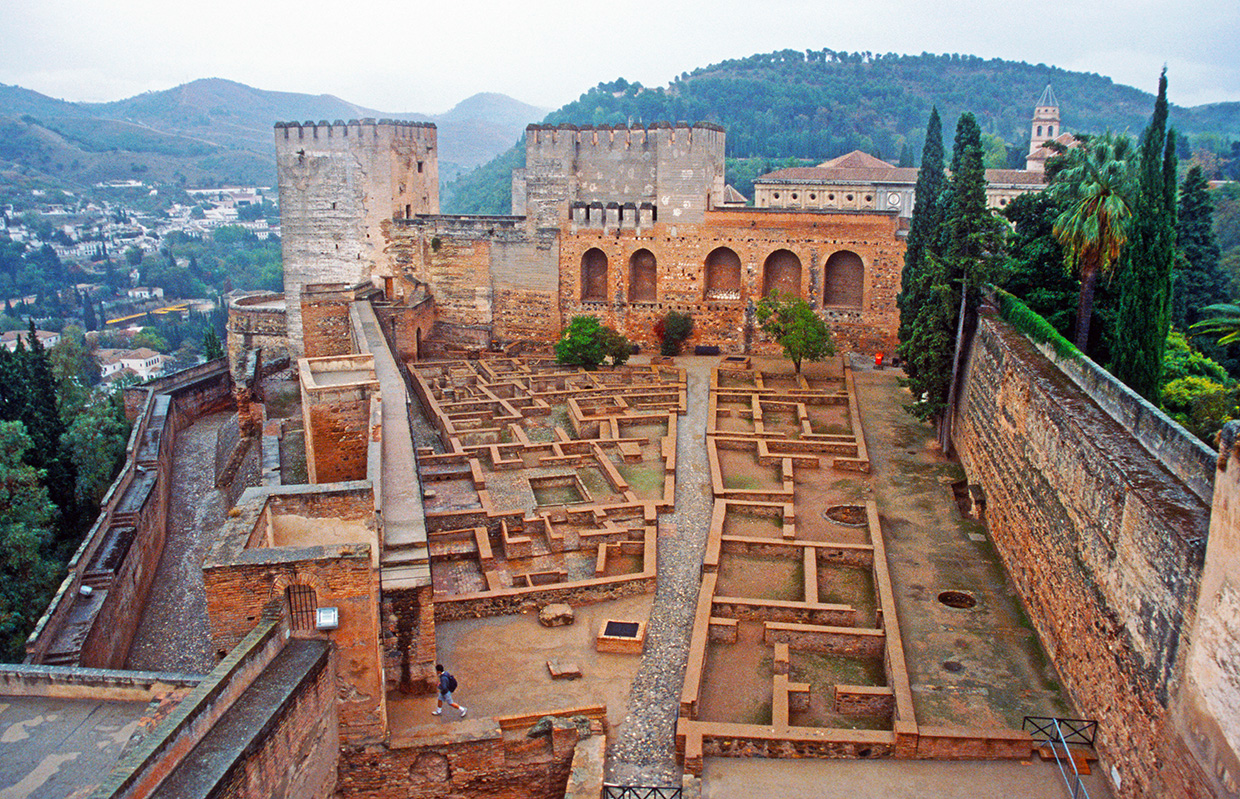
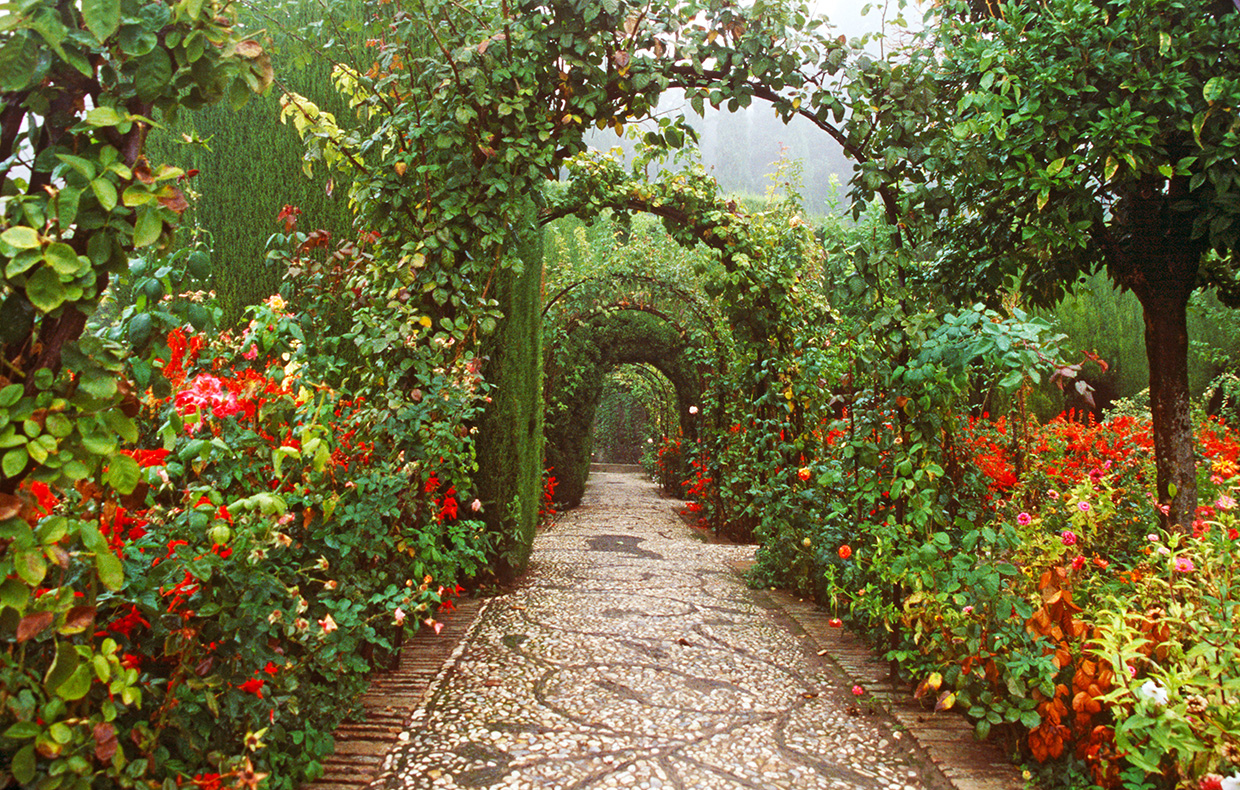
Archaeological Site of Olympia • Greece
Greece has its share of UNESCO sites.
And one of the best, in my humble opinion, is the Archaeological Site of Olympia.
It’s amazing.
I put out a podcast as well as a full blog post on this UNESCO site in Europe.
I love this site soooooo much.
Here’s what UNESCO says:
“The site of Olympia, in a valley in the Peloponnesus, has been inhabited since prehistoric times. In the 10th century B.C., Olympia became a center for the worship of Zeus. The Altis – the sanctuary to the gods – has one of the highest concentrations of masterpieces from the ancient Greek world. In addition to temples, there are the remains of all the sports structures erected for the Olympic Games, which were held in Olympia every four years beginning in 776 B.C.
…Olympia is an outstanding example of a great Pan-Hellenic sanctuary of antiquity, with its multiple functions: religious, political and social. Ancient sanctuaries, such as the Pelopion and a row of Treasuries to the north at the foot of Kronion Hill, are present within the peribolus of the Altis, consecrated to the gods, alongside the principal temples of Zeus and Hera.”
Olympia has been on my bucket list for a while so I was so happy to finally experience it.
And it is now one of my all time favorite UNESCO sites in Europe.
If you love ancient history then you need to experience Olympia.
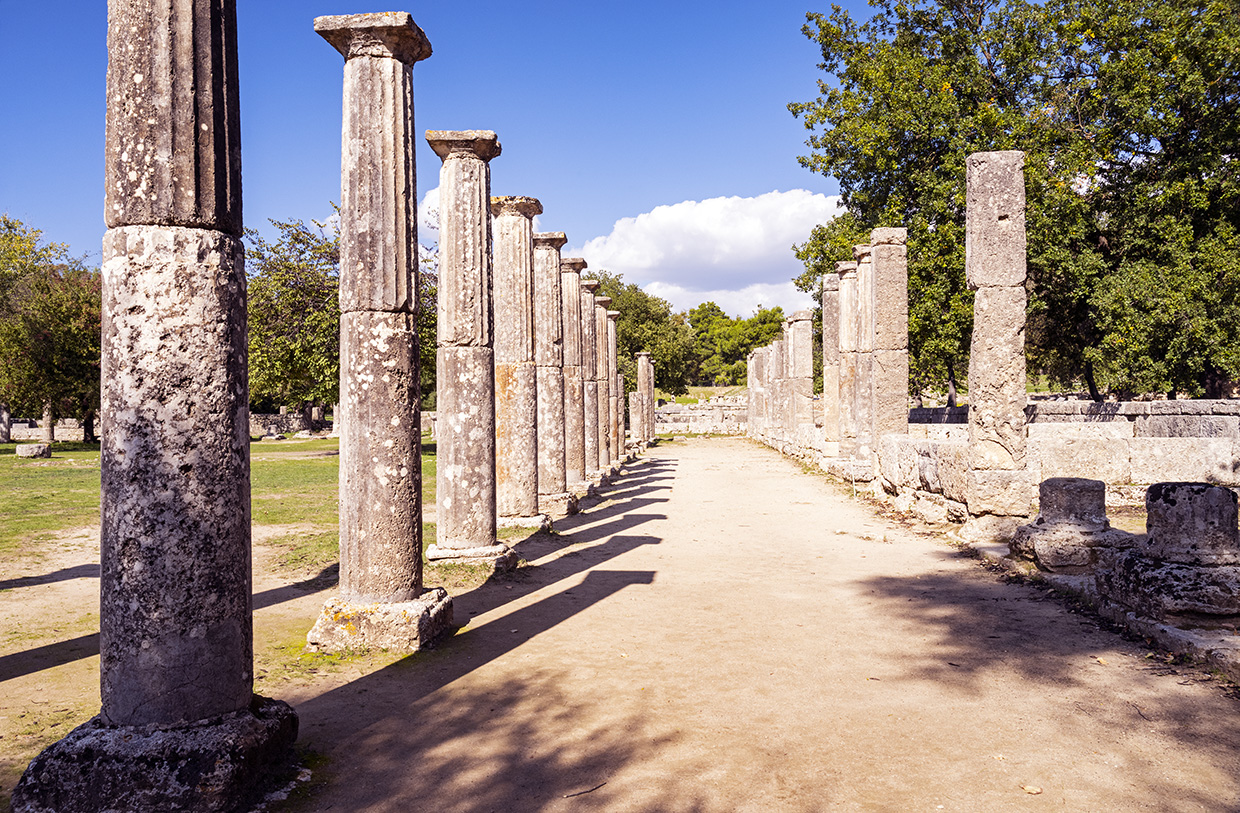
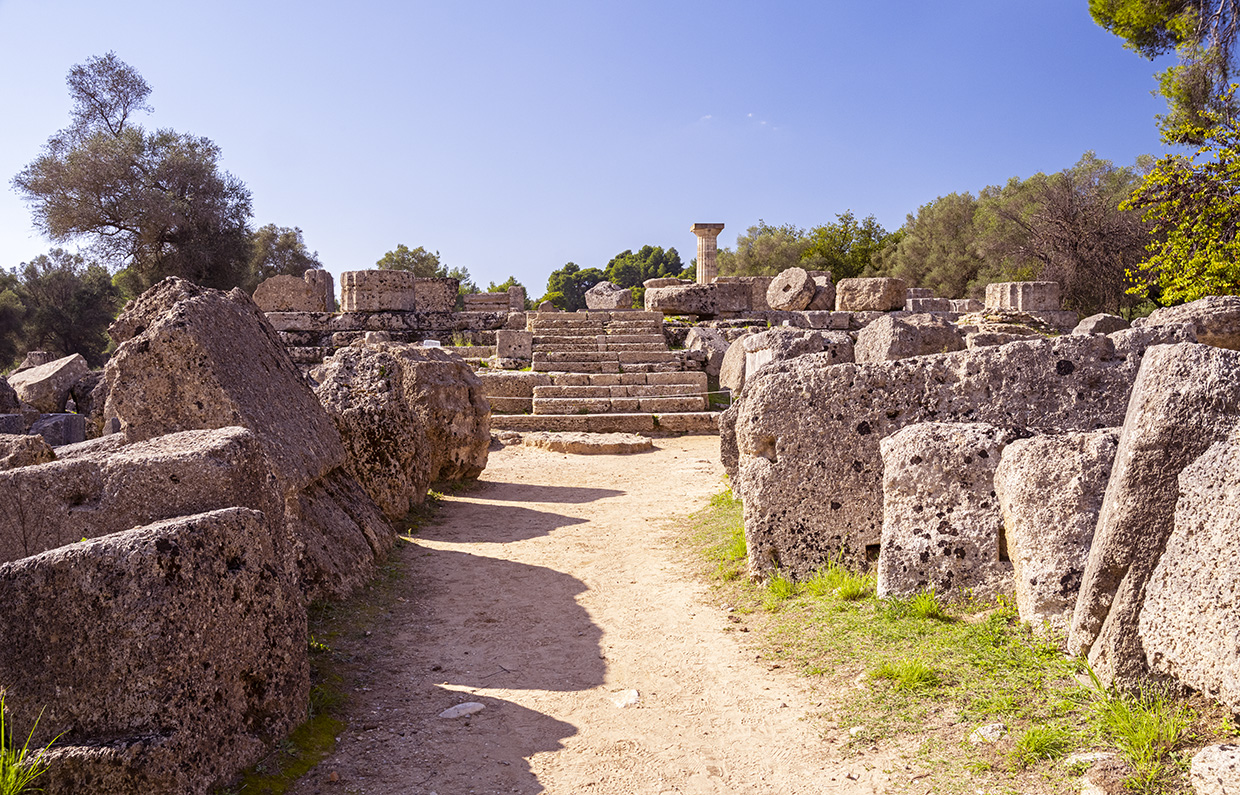
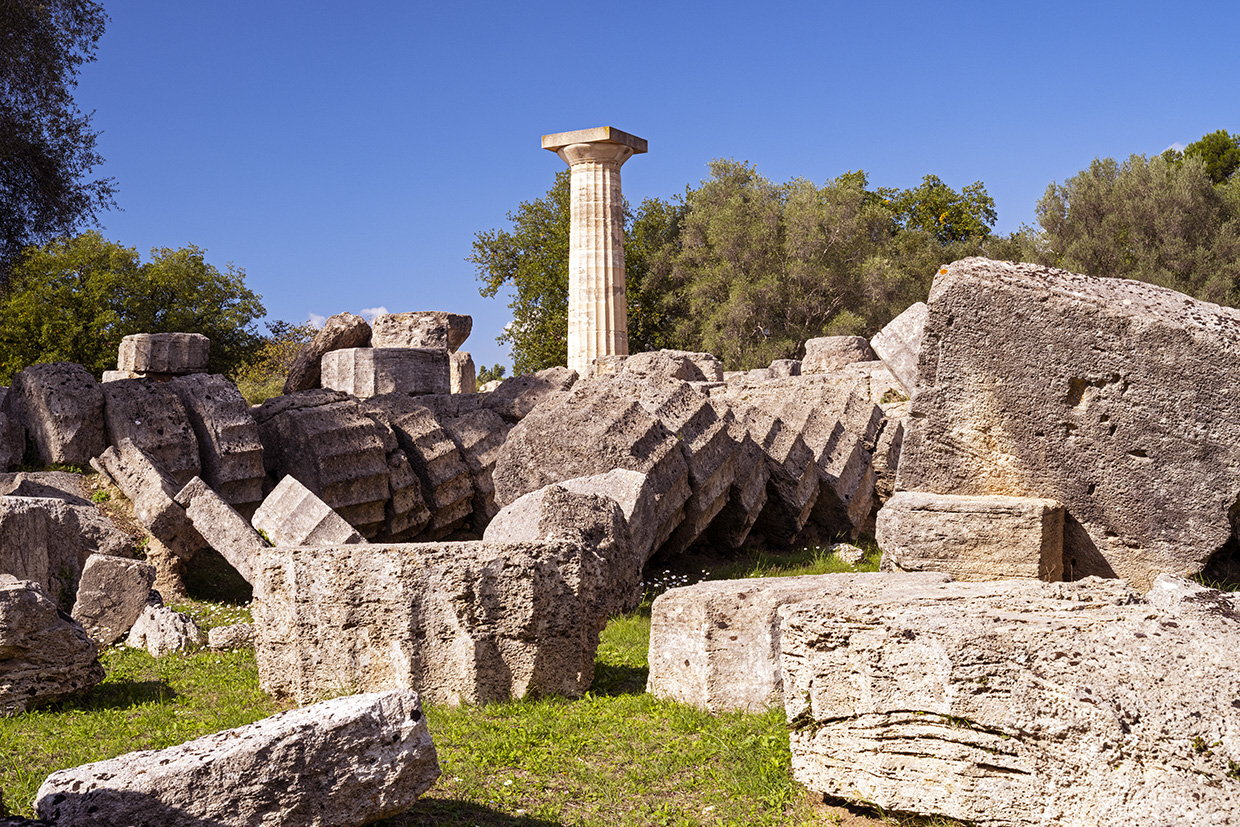
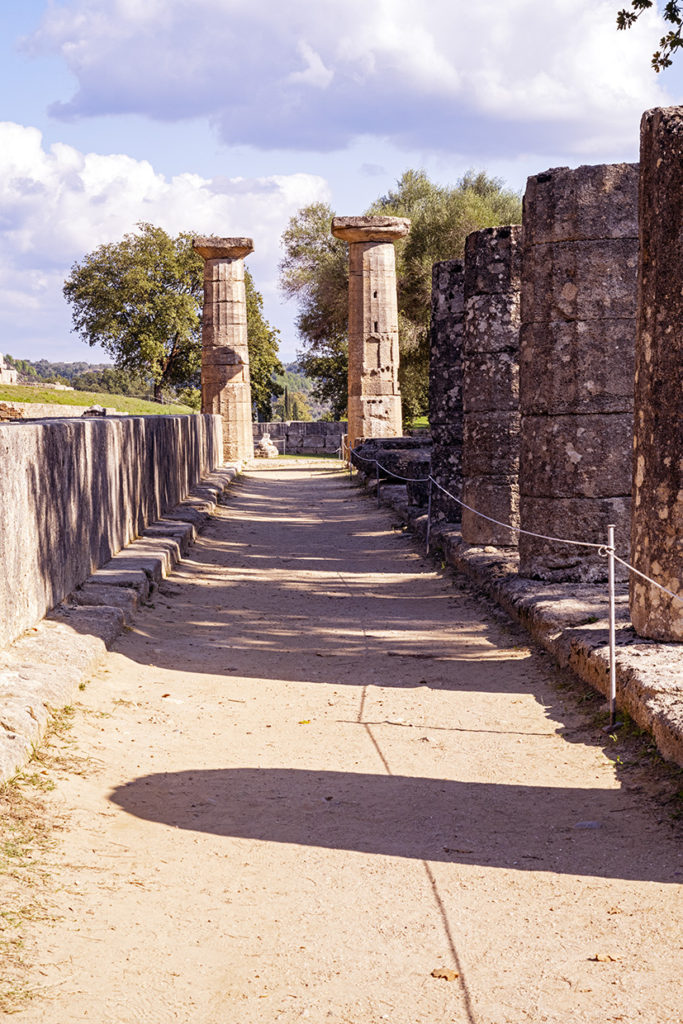
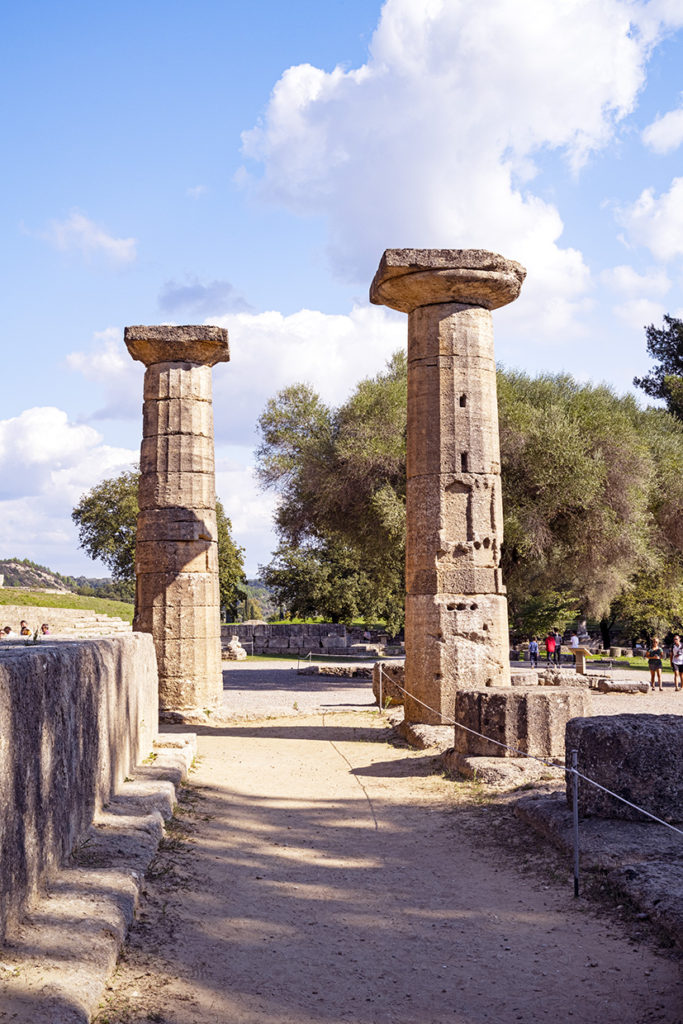
Archeological Site of Mystras • Greece
I didn’t know this awesome place existed until I traveled to Sparti, Greece.
Then I found out about it.
Then I visited.
And then I was wowed by it.
Mystras is magnificent.
Here is what UNESCO has to say about this fantastic site in Greece:
“Mystras is an exceptional example of a well-preserved fortified late-Byzantine city with elaborate spatial planning organization, and fortifications with the citadel on top of the hill and two fortified precincts at the lower level. The urban fabric of the city includes palaces, residences and mansions, churches and monasteries, as well as constructions related to the city’s water supply and drainage and to commercial and craft-based activities. Various architectural styles are applied in ecclesiastical architecture, but the so-called “mixed type of Mystras” (in which a three aisled basilica at ground level is combined with a five-domed cross-in-square at the level of the gallery) is dominant. The splendid complex of palaces, one of the few Byzantine survivals, the impressive mansions and the urban residences clearly demonstrate the high quality of life of the city’s inhabitants in the two last centuries of the Byzantine Empire.”
There is a lot at this UNESCO site.
Seriously.
It’s big!
And, since it’s built into a mountain, you’re going to need to be in decent shape to see it all.
However, it is so worth it.
Just wear good shoes, give yourself at least 4 hours and don’t go in the heat of summer.
One of the best UNESCO sites in Europe — hands down!
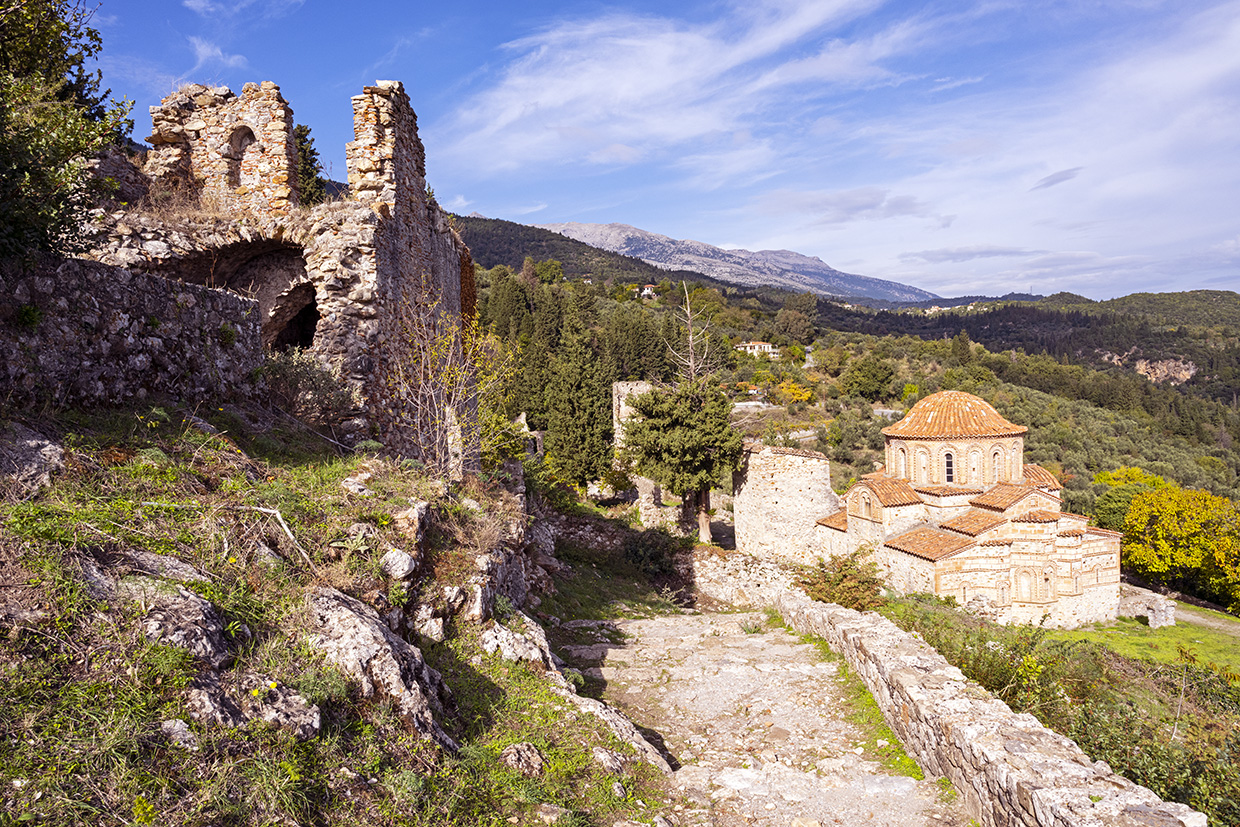
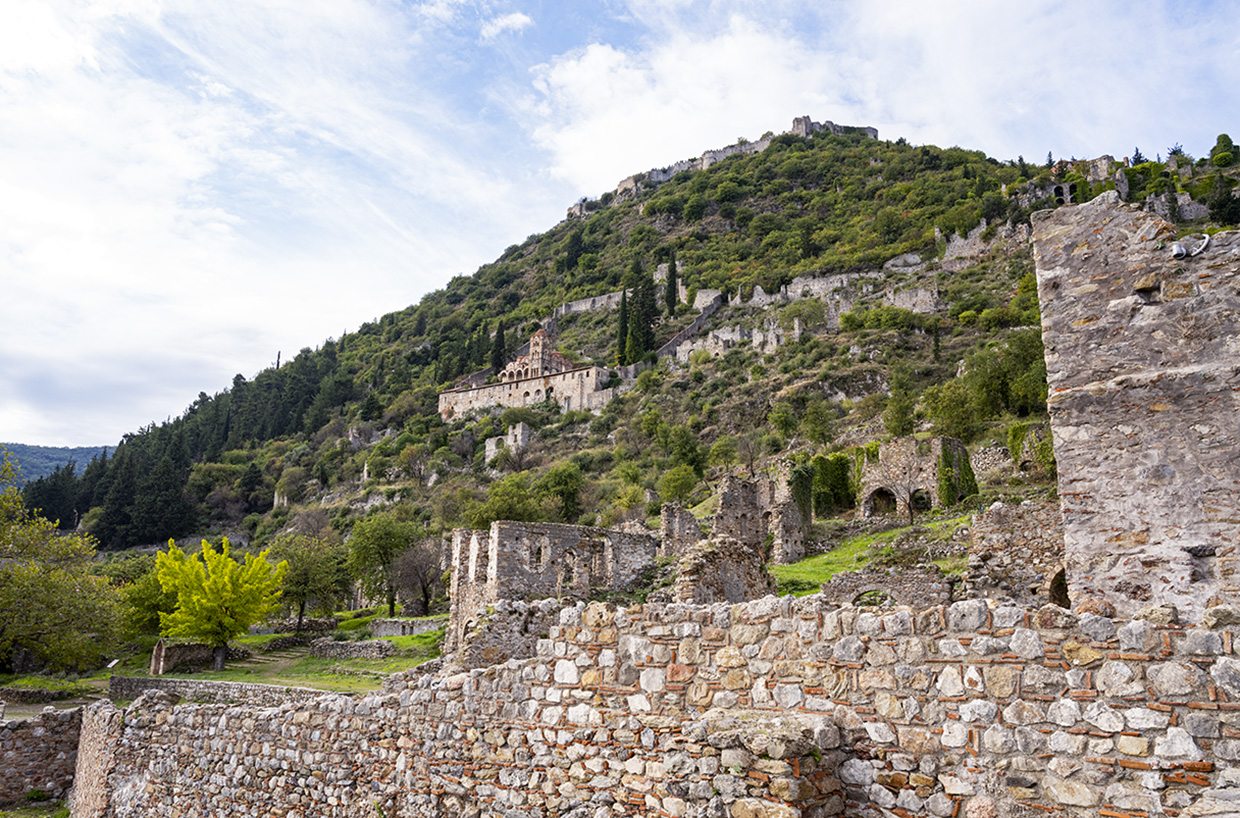
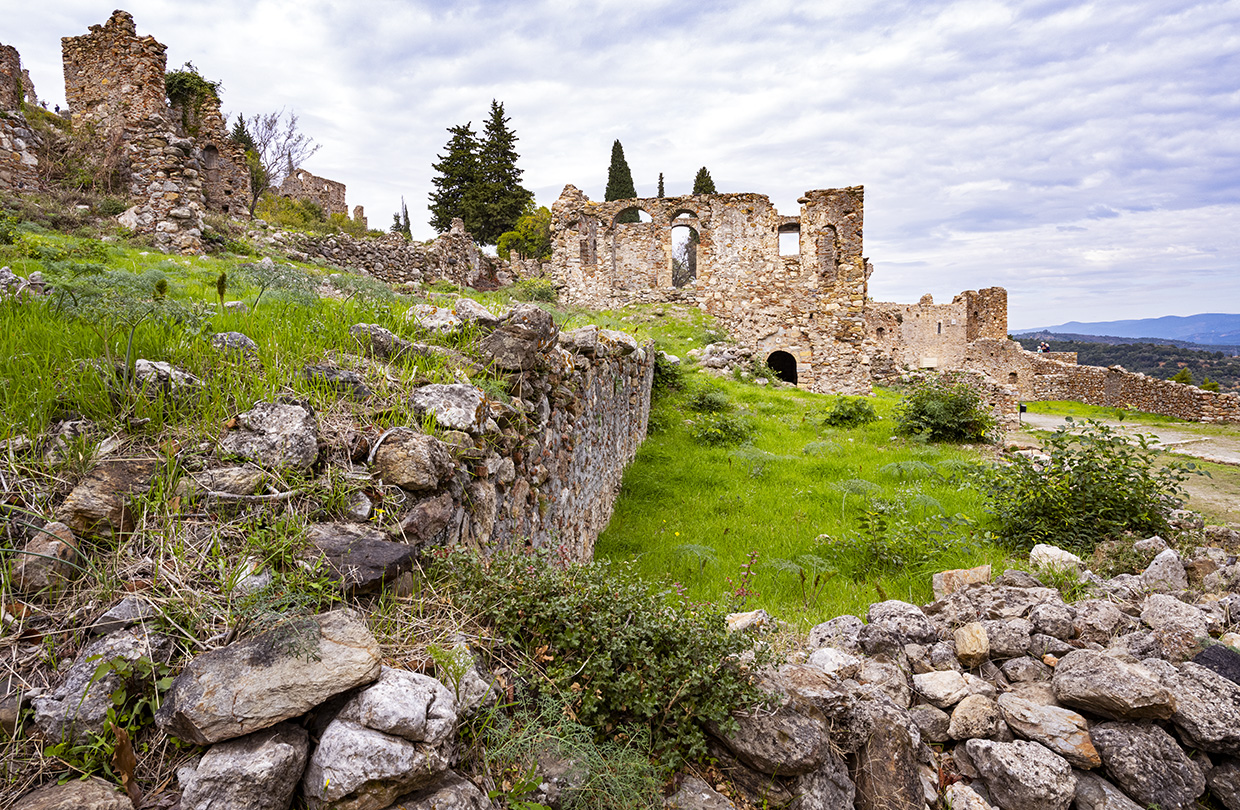
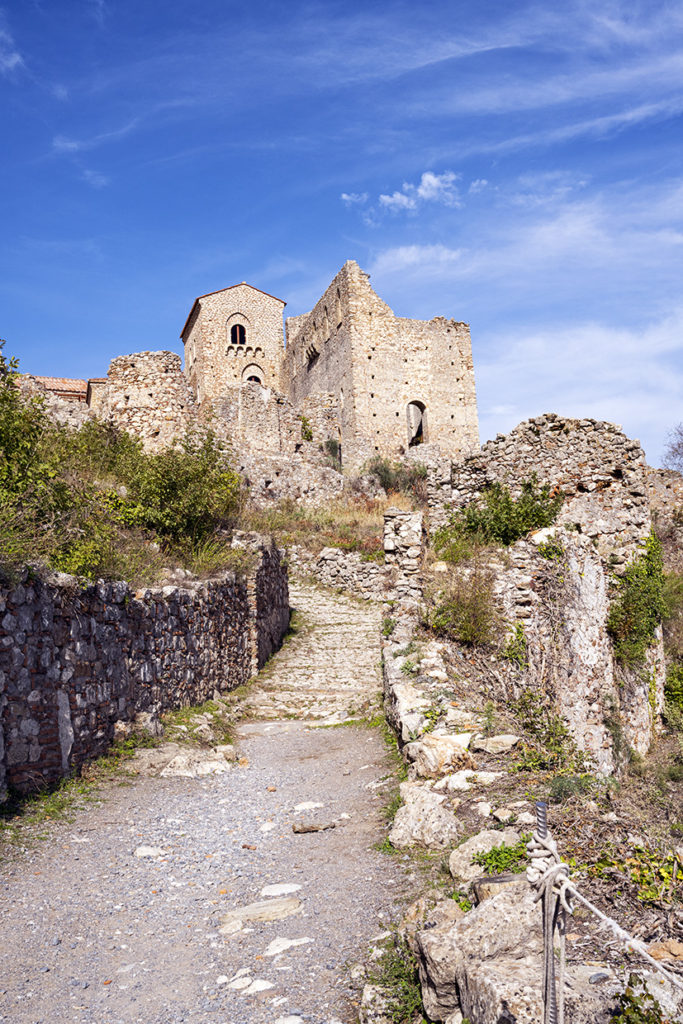
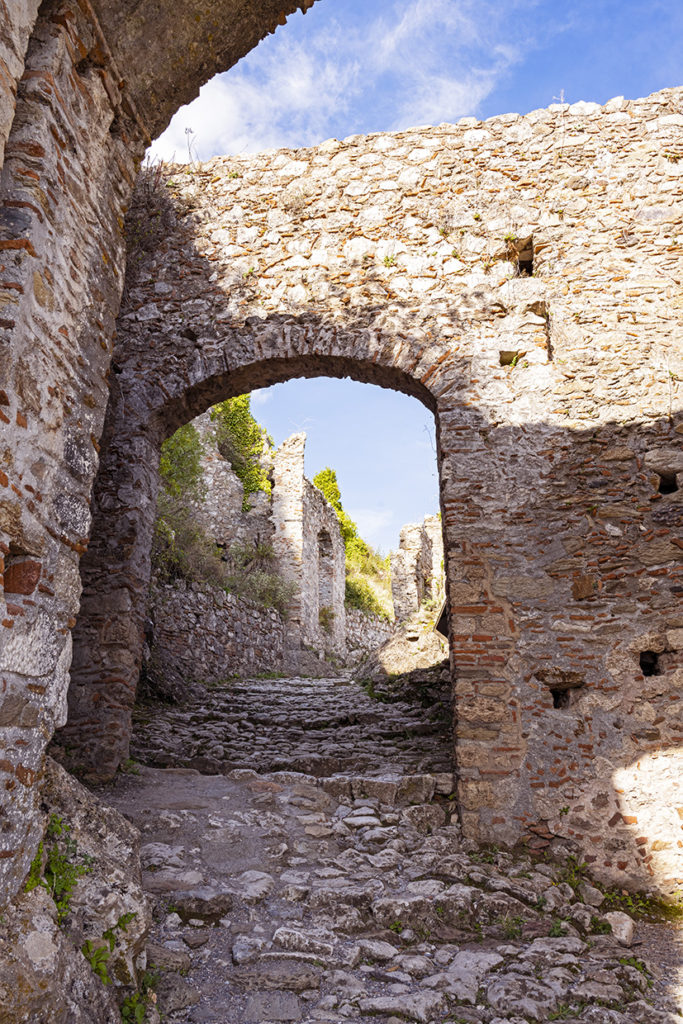
Historic Areas of Istanbul • Türkiye
Ok.
Let me put this out there.
I don’t absolutely love Istanbul.
It is a ginormous city.
And it overwhelms me.
That being said, I do love some of the historical spots that make up this UNESCO site in Europe.
The 17th Century Blue Mosque, the 15th Century Topkapi Palace, the 6th Century Hagia Sophia and the underground cisterns are all pretty darn amazing.
UNESCO says this about Istanbul:
“Istanbul bears unique testimony to the Byzantine and Ottoman civilizations through its large number of high quality examples of a great range of building types, some with associated artworks. They include fortifications, churches and palaces with mosaics and frescoes, monumental cisterns, tombs, mosques, religious schools and bath buildings.”
But also warns:
“…all now under threat from population pressure, industrial pollution and uncontrolled urbanization…”
So let’s all remain hopeful that these areas don’t get delisted because they are true treasures.
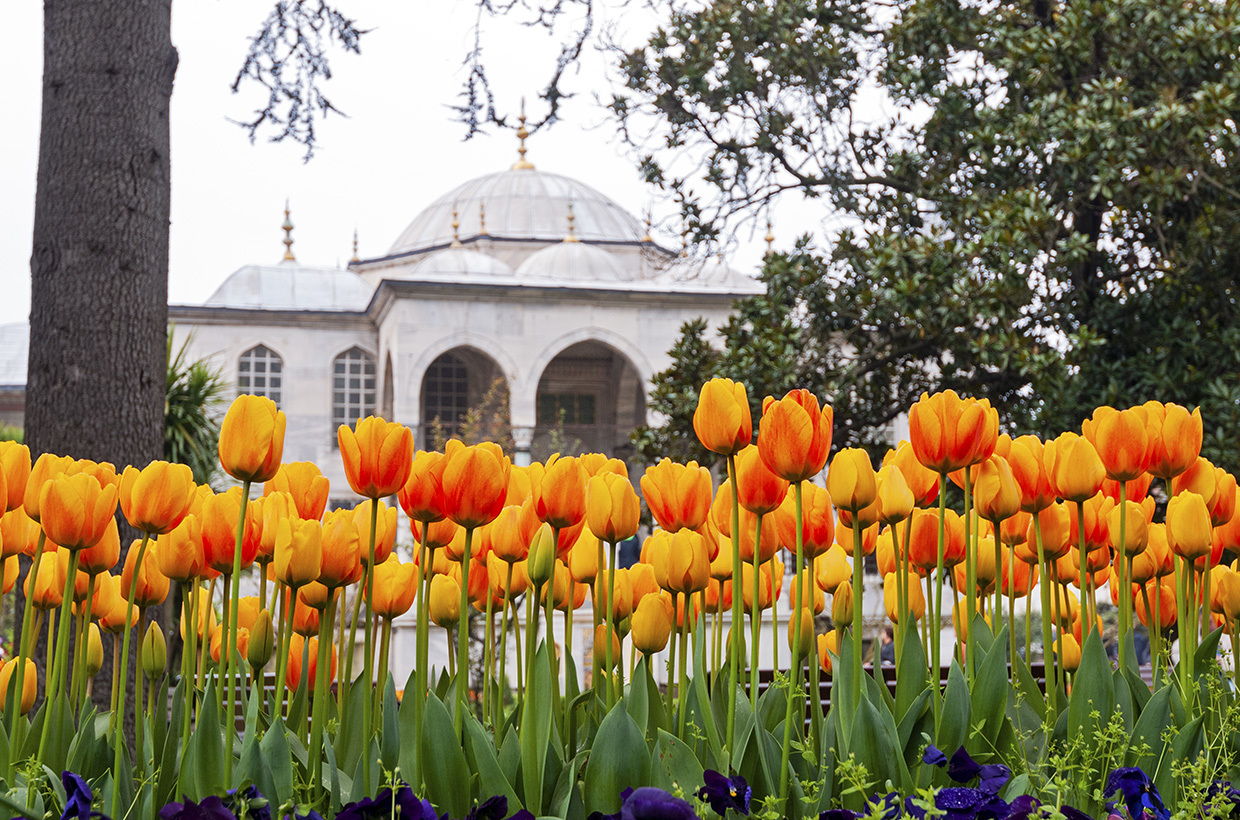
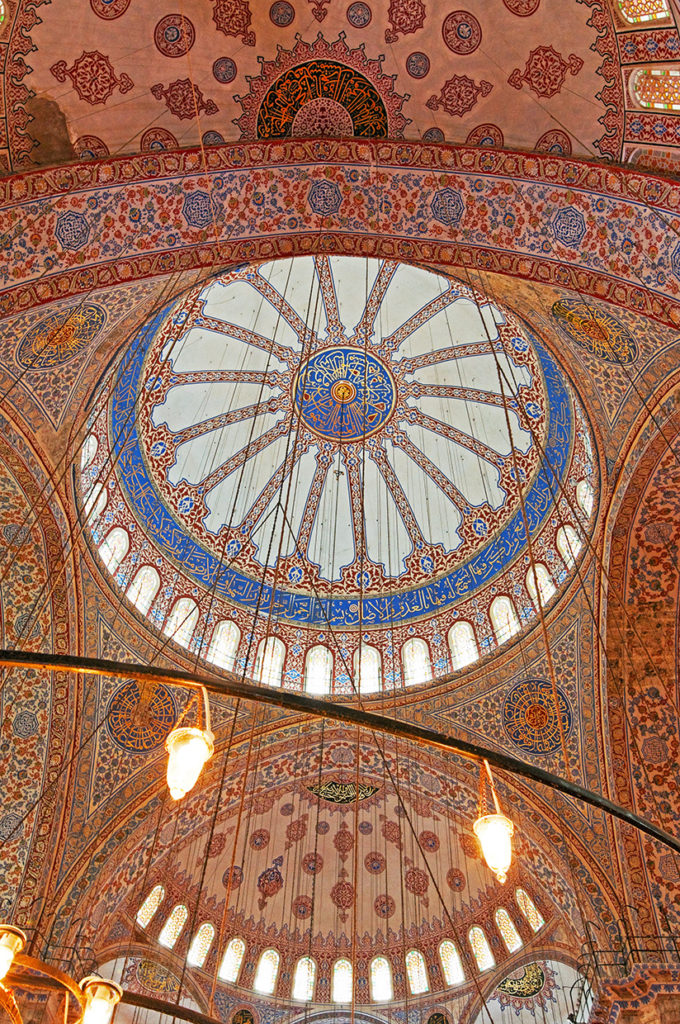
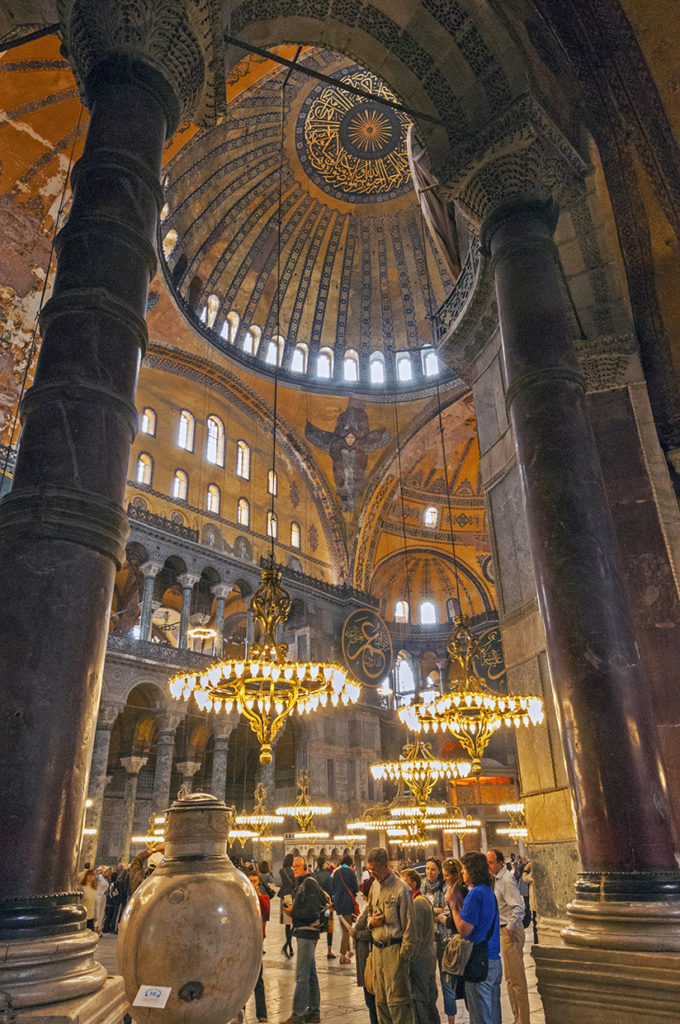
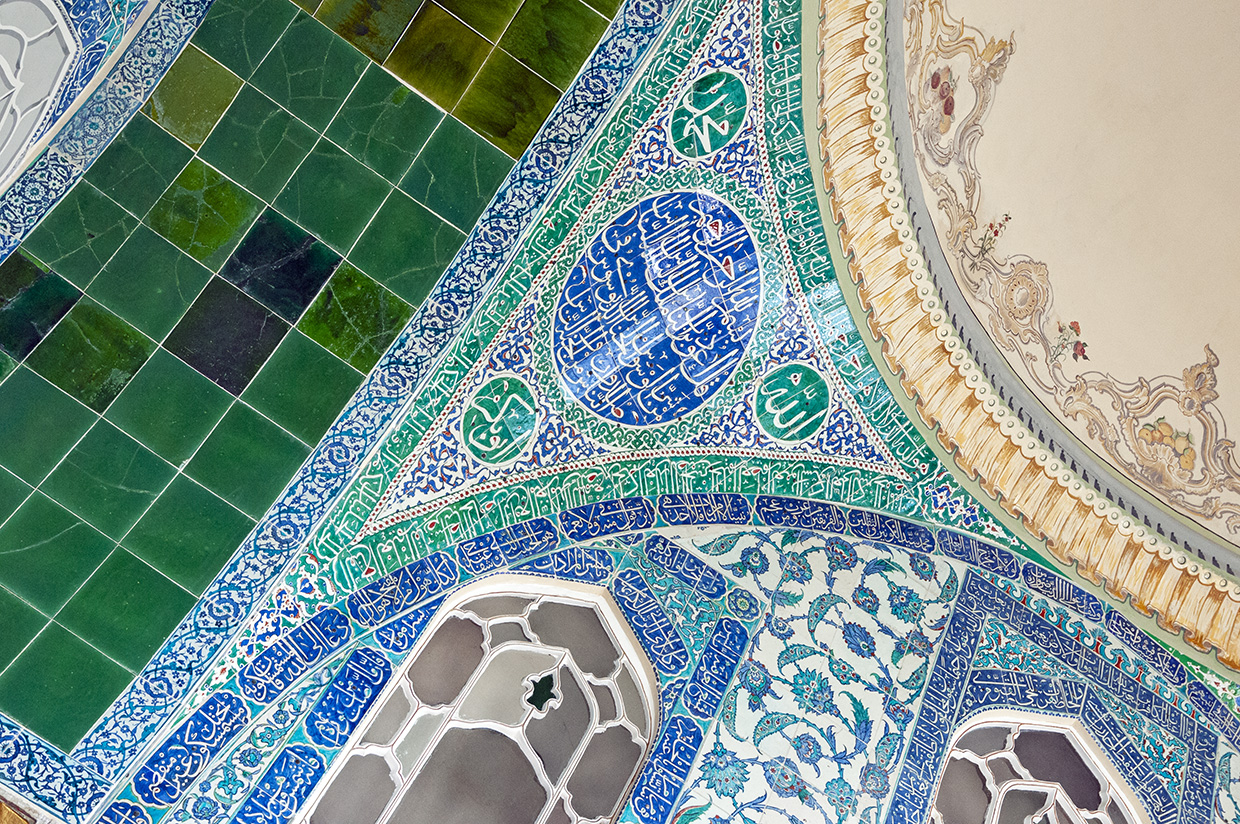
Ephesus • Türkiye
Another incredible UNESCO site in Europe is the ruins of the ancient city of Ephesus.
Mind. Blown.
There is soooo much here and so much still to uncover.
Ephesus was a Hellenistic and then a Roman settlement. The location adjusted a bit as the coastline moved west.
There are Roman ruins such as the Library of Celsus and the Great Theater.
I found the Terrace houses to be very intriguing as you could see how people lived.
Some of the mosaics and frescoes here are amazeballs!
Here is what UNESCO says:
“Ephesus is an exceptional testimony to the cultural traditions of the Hellenistic, Roman Imperial and early Christian periods as reflected in the monuments in the center of the Ancient City and Ayasuluk. The cultural traditions of the Roman Imperial period are reflected in the outstanding representative buildings of the city center including the Celsus Library, Hadrian’s Temple, the Serapeion and Terrace House 2, with its wall paintings, mosaics and marble paneling showing the style of living of the upper levels of society at that time.”
Ephesus is special.
I just remember wandering through the ruins, huge carved stones and pieces of fluted columns right at my feet.
Truly amazing!
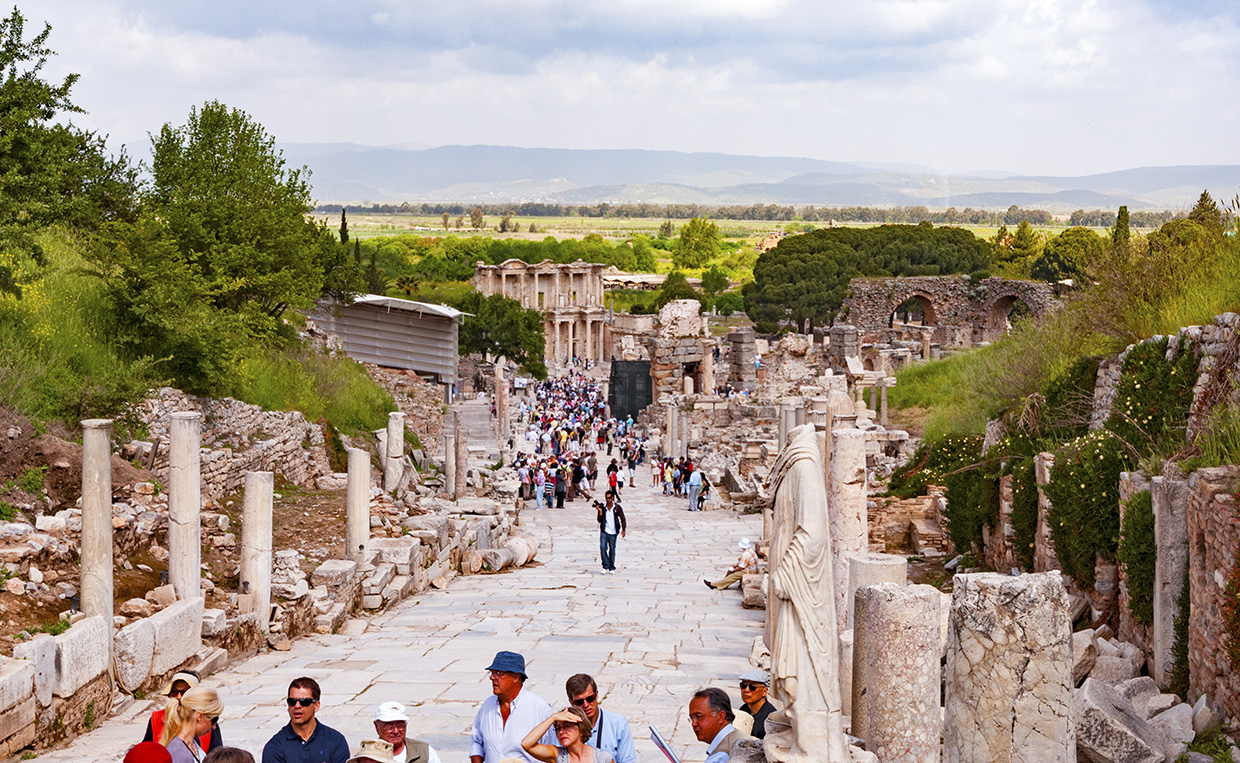
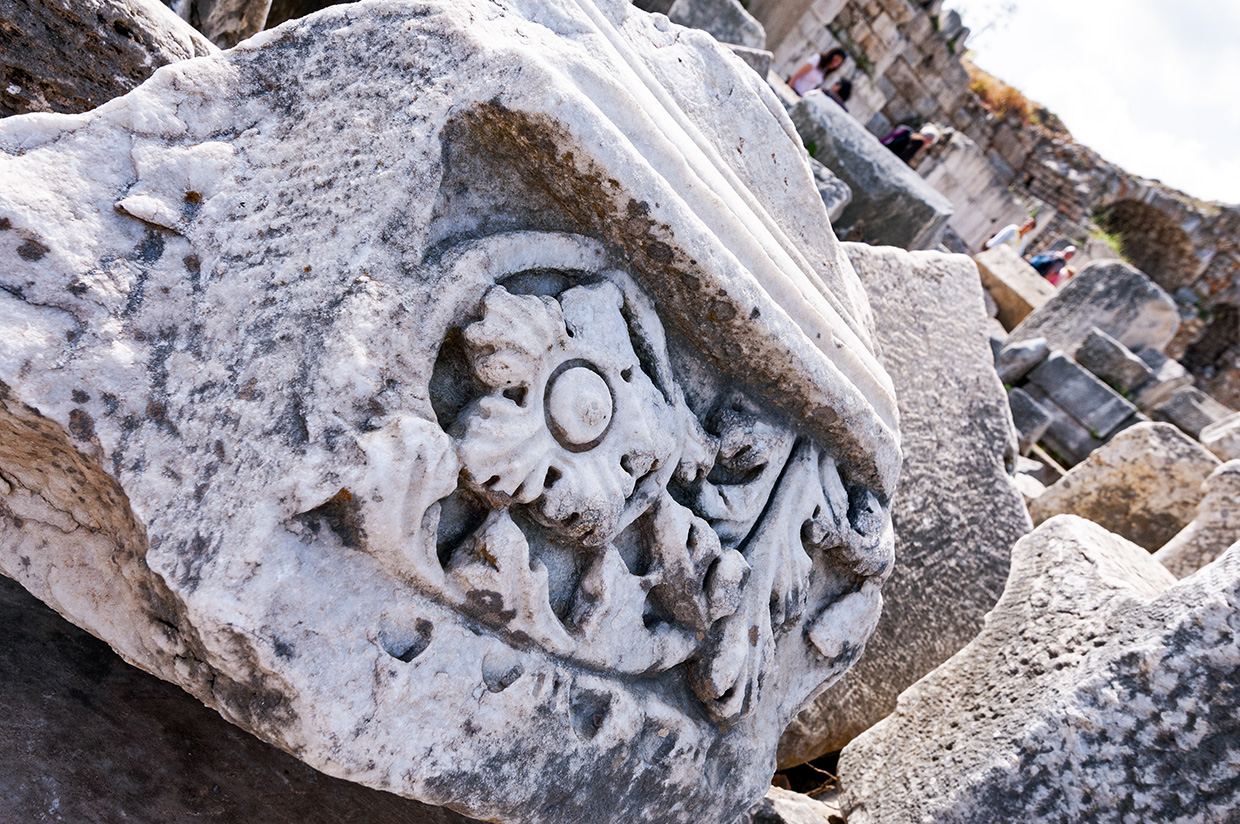
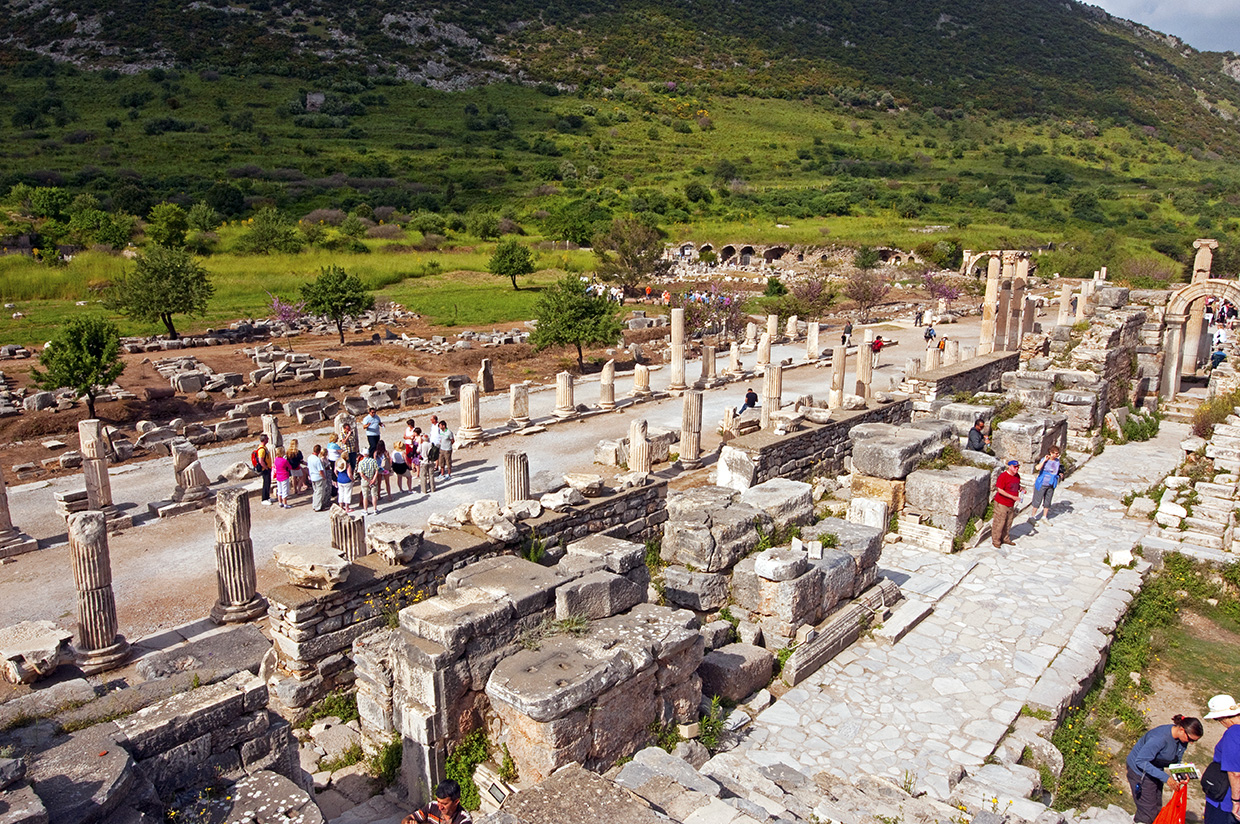
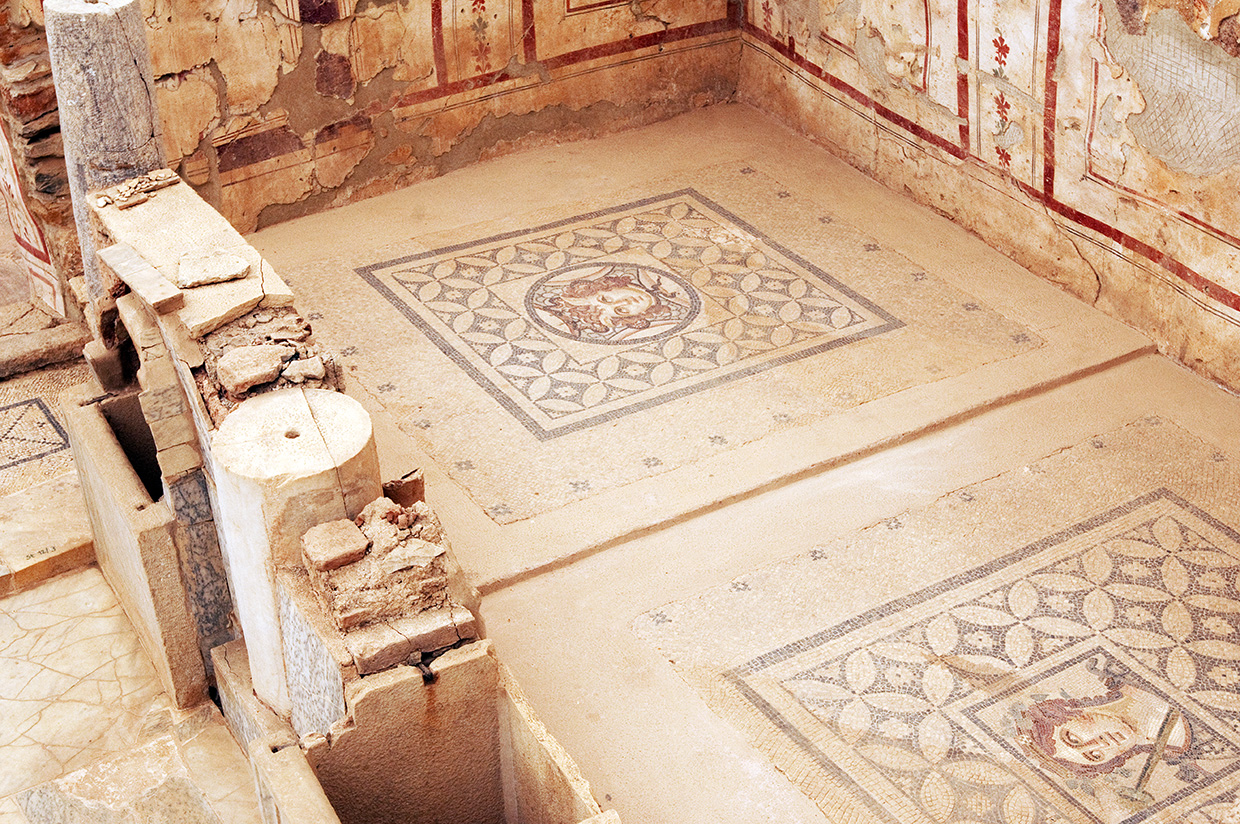
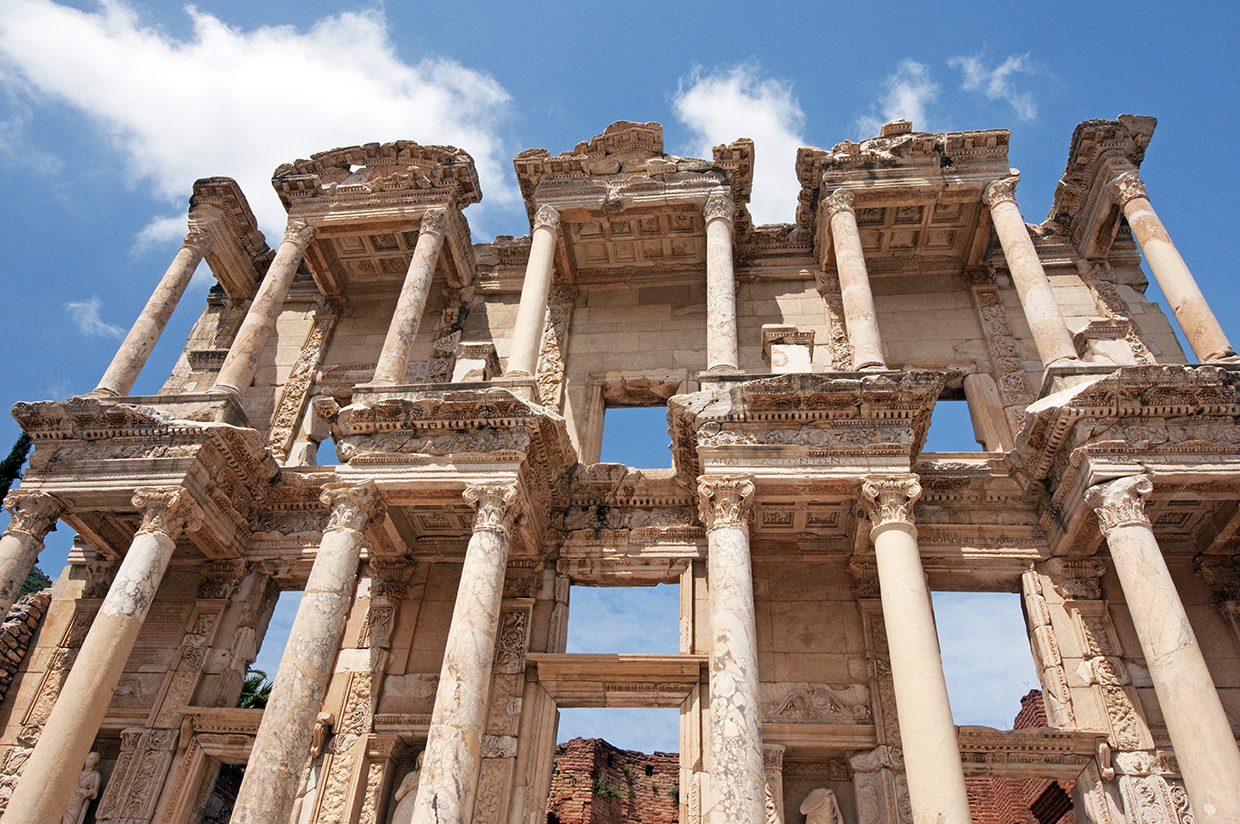
Göreme National Park and the Rock Sites of Cappadocia • Türkiye
This area of Türkiye is fascinating.
And this UNESCO site in Europe is both cultural and natural.
So Göreme National Park is made up of these rock formations that will remind Americans of places in southern Utah — Arches, parts of Canyonlands and Bryce.
I’m thinking of Goblin Valley State Park in Utah.
There are spires, pillars, pinnacles and cones all created by erosion over time.
And there is evidence that people lived inside some of these conical structures — we now refer to them as fairy chimneys — as early as the 4th century up until the early 13th century.
Many of the settlements were monastic settlements.
Here is what UNESCO says:
“In a spectacular landscape, entirely sculpted by erosion, the Göreme valley and its surroundings contain rock-hewn sanctuaries that provide unique evidence of Byzantine art in the post-Iconoclastic period. Dwellings, troglodyte villages and underground towns – the remains of a traditional human habitat dating back to the 4th century – can also be seen there.”
This is another spot that is very fragile due to climate change and many many tourists now visiting.
I’m hopeful the Turkish government will protect this marvelous treasure.
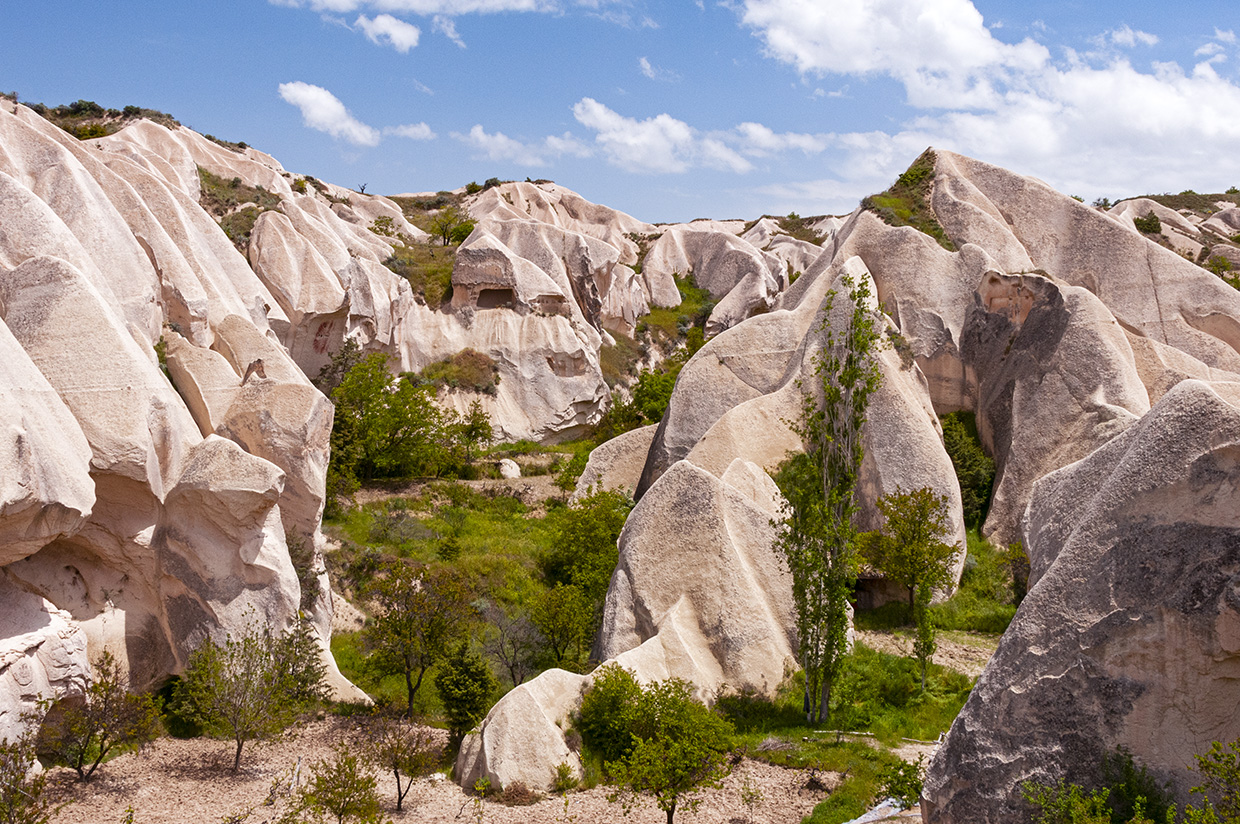
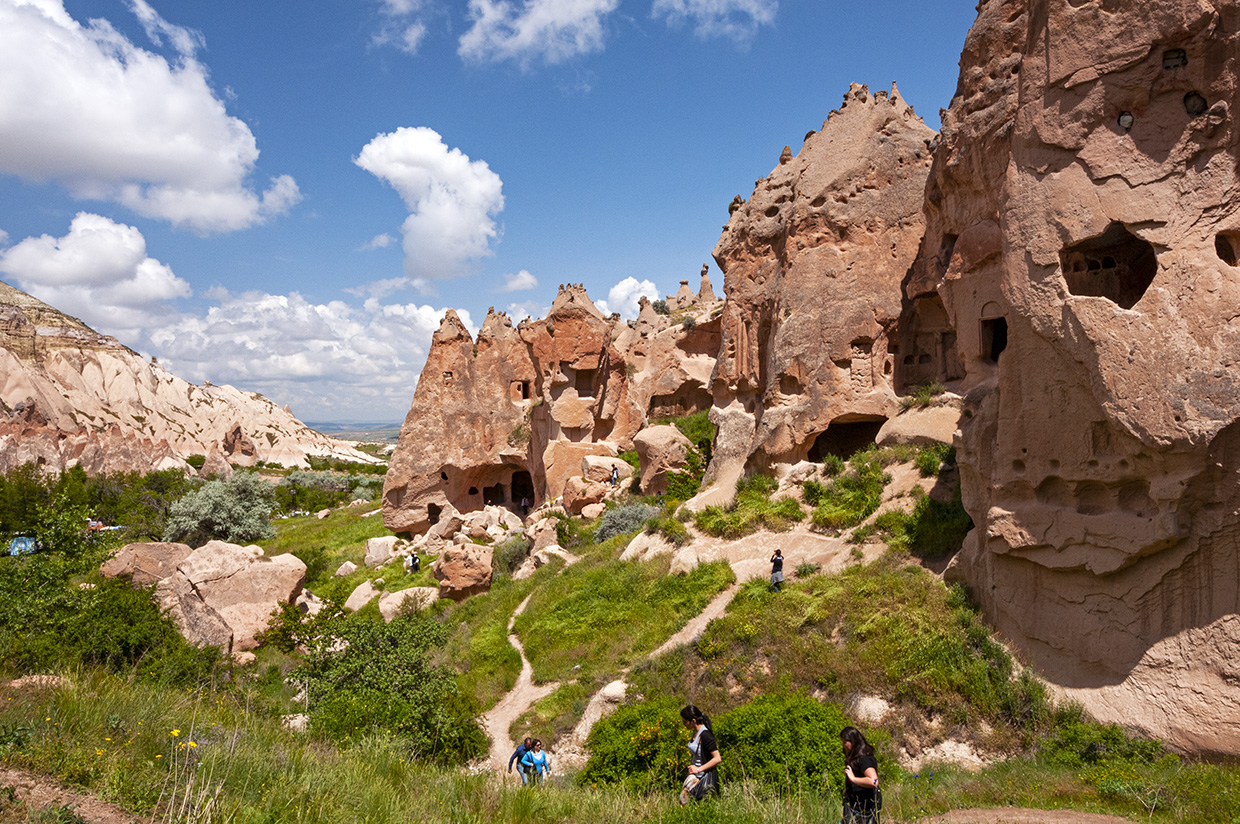
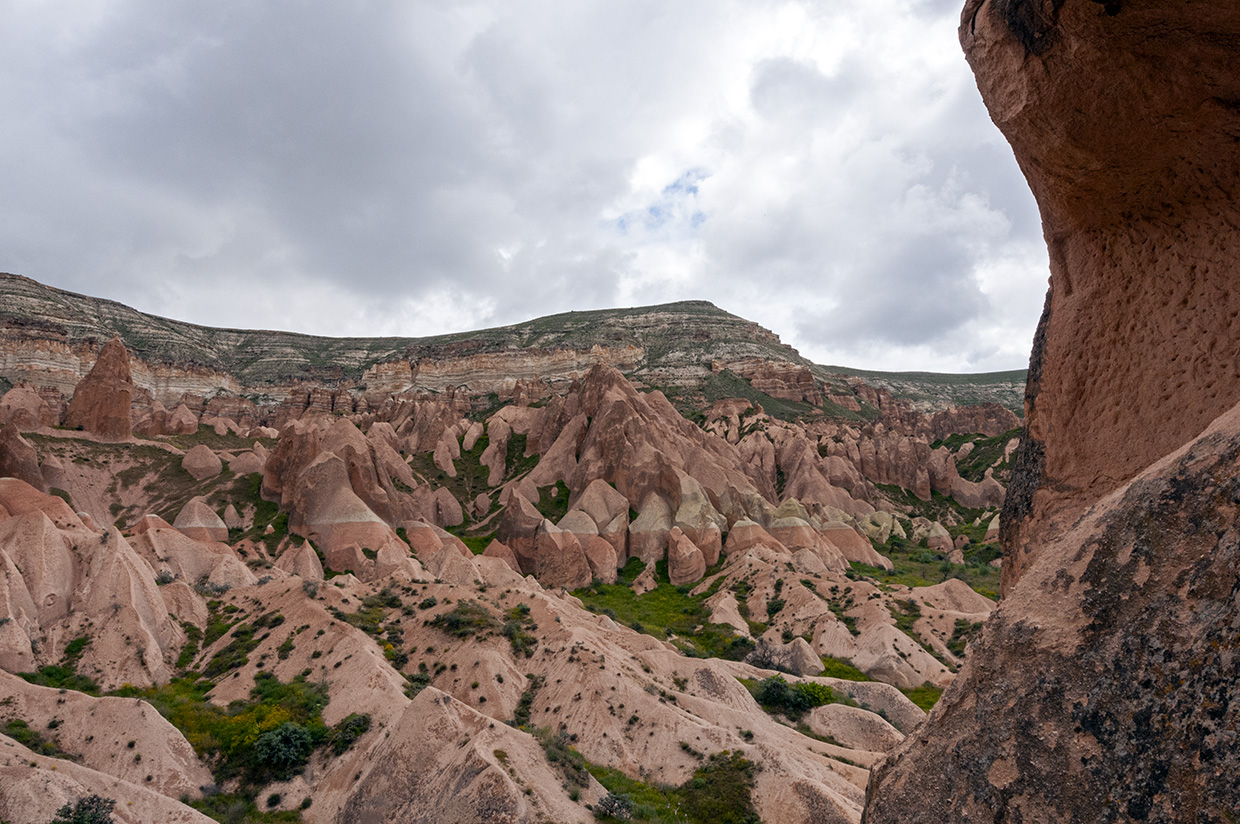
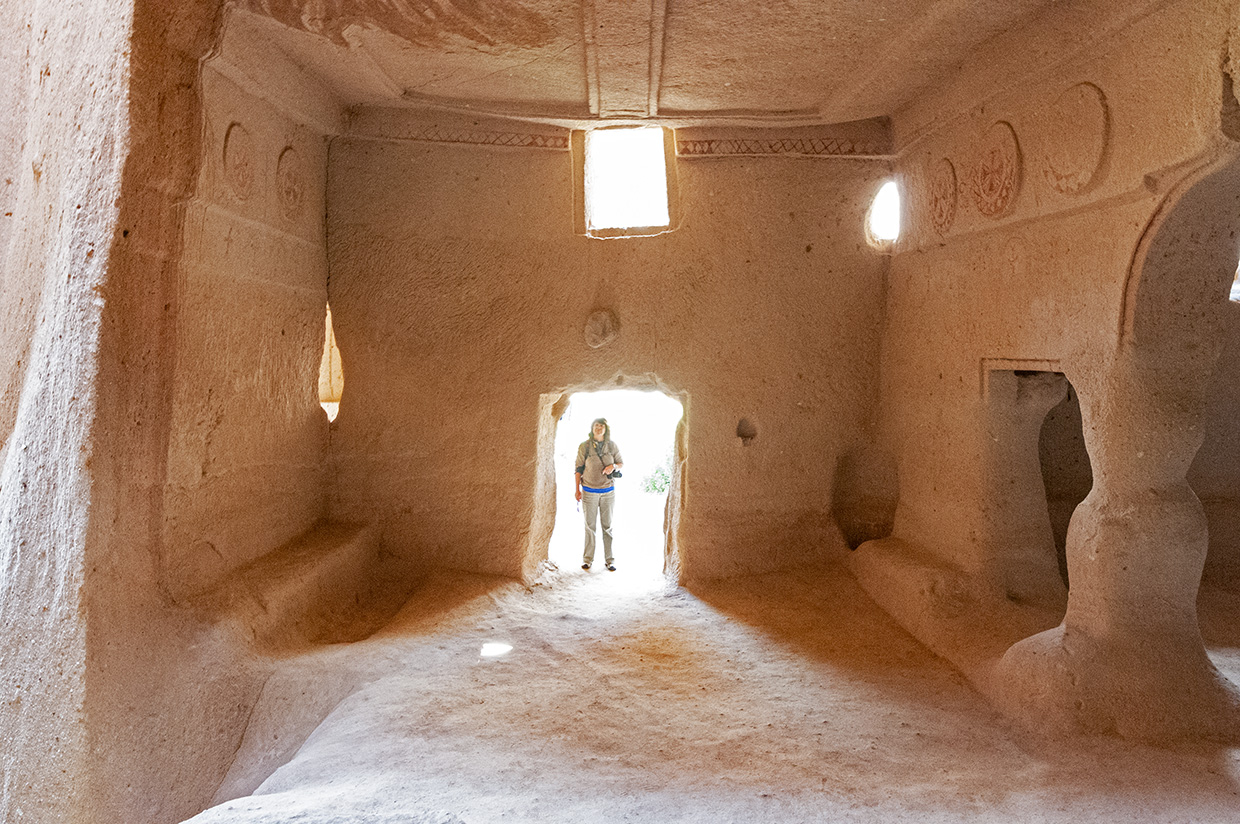
Skocjan Caves • Slovenia
I have so much love for this natural UNESCO site in Europe.
While the Skocjan Caves are called caves, I heard it referred to as an underground canyon.
It is spectacular!
Skocjan is one of the largest known underground chambers and it is one of the most famous places in the world for the study of karstic phenomena.
Here is how UNESCO describes it:
“The protected area of 413 ha conserves an exceptional limestone cave system which comprises one of the world’s largest known underground river canyons, that was cut into the limestone bedrock by the Reka River. Along its course, the river suddenly disappears into the karst underground, before passing through a vast and picturesque channel of up to 150 meters in height and more than 120 meters in width, often in the form of dramatically roaring rapids and waterfalls.”
This is one of the most impressive natural UNESCO sites.
Period.
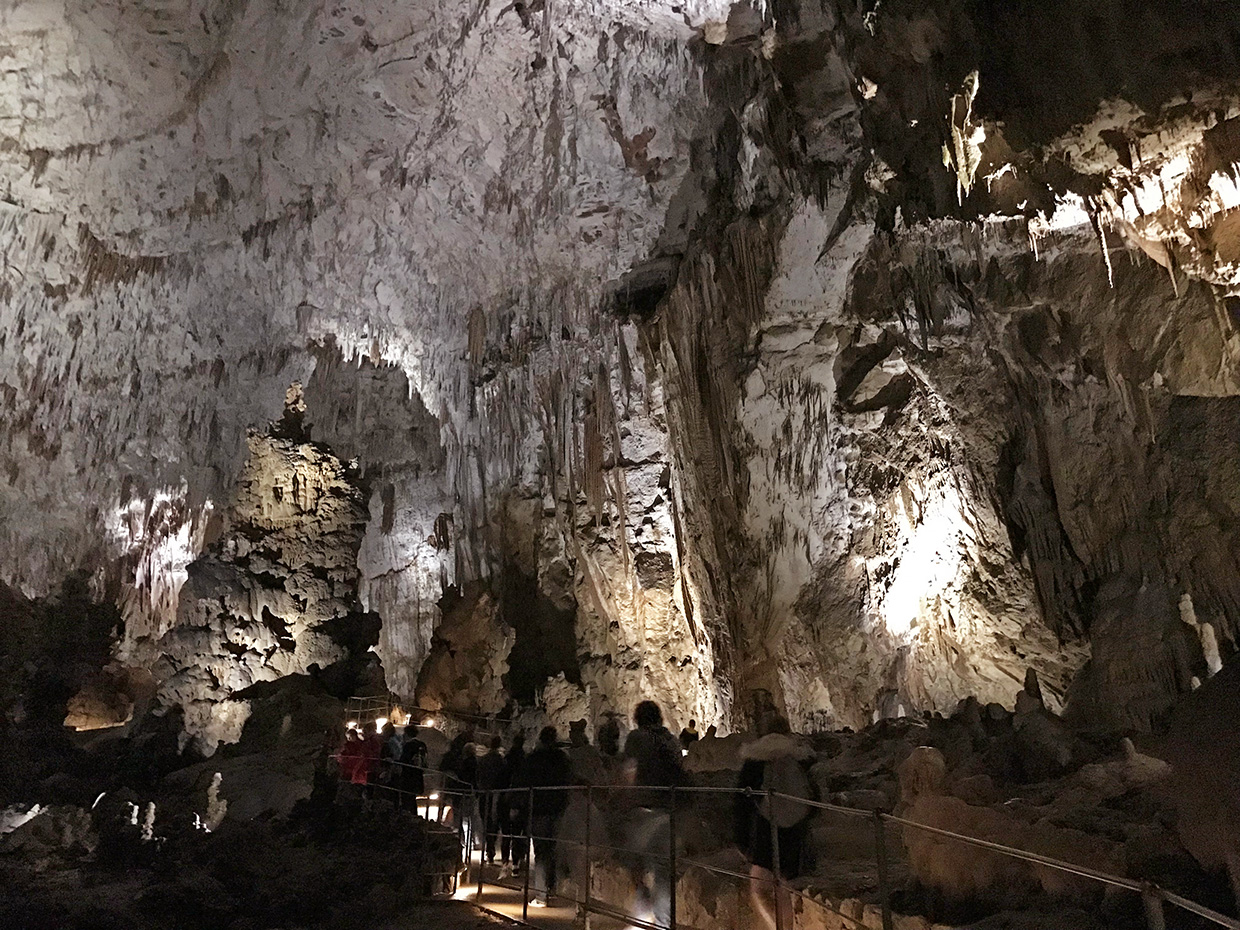
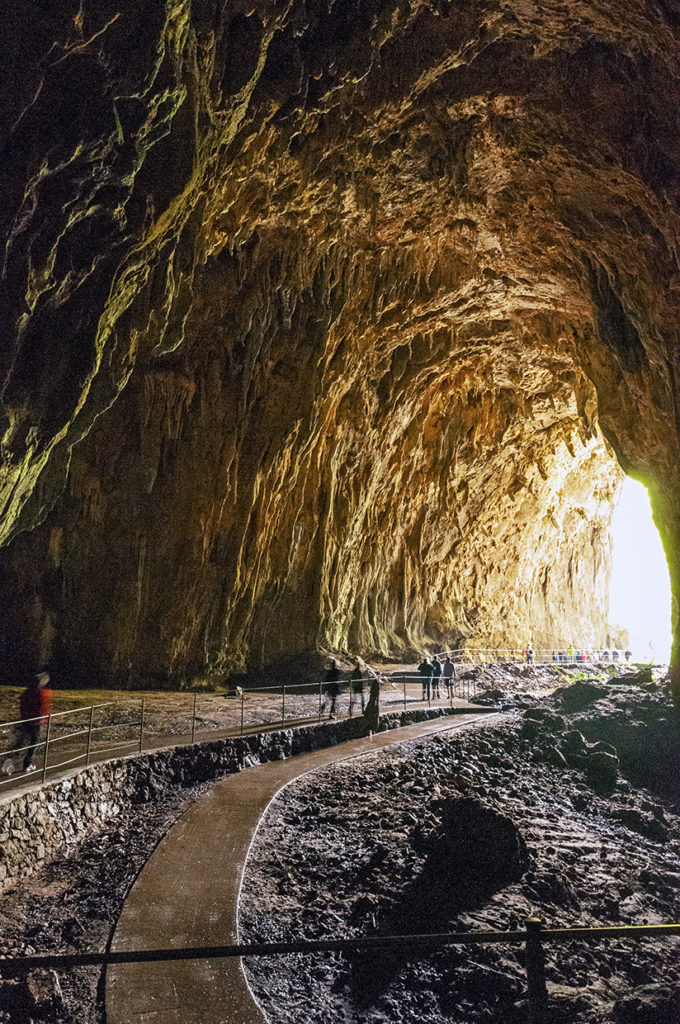
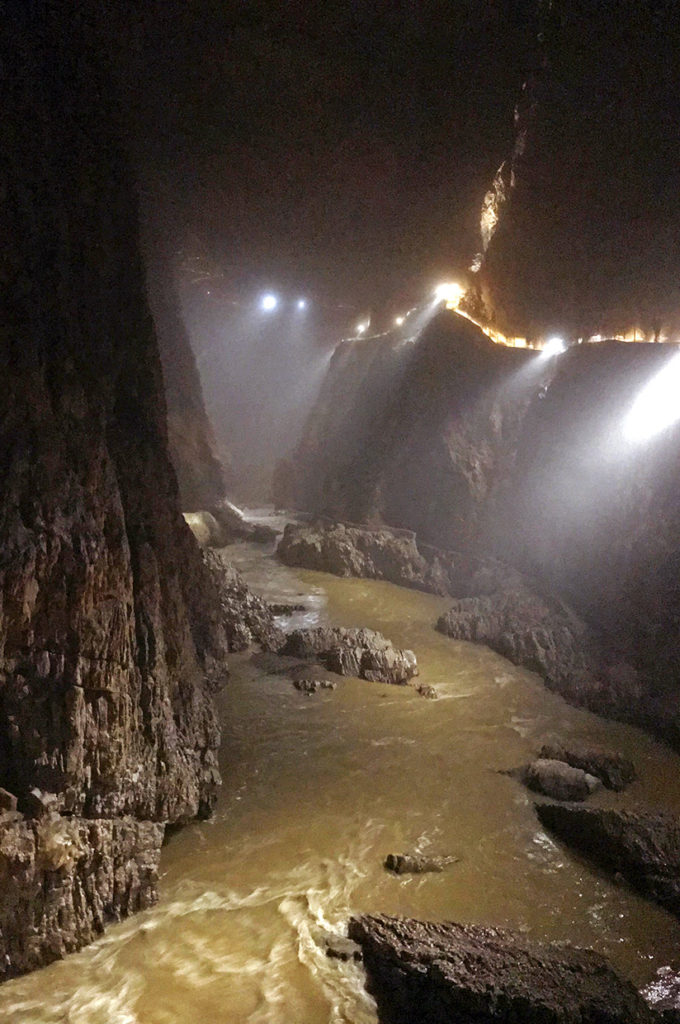
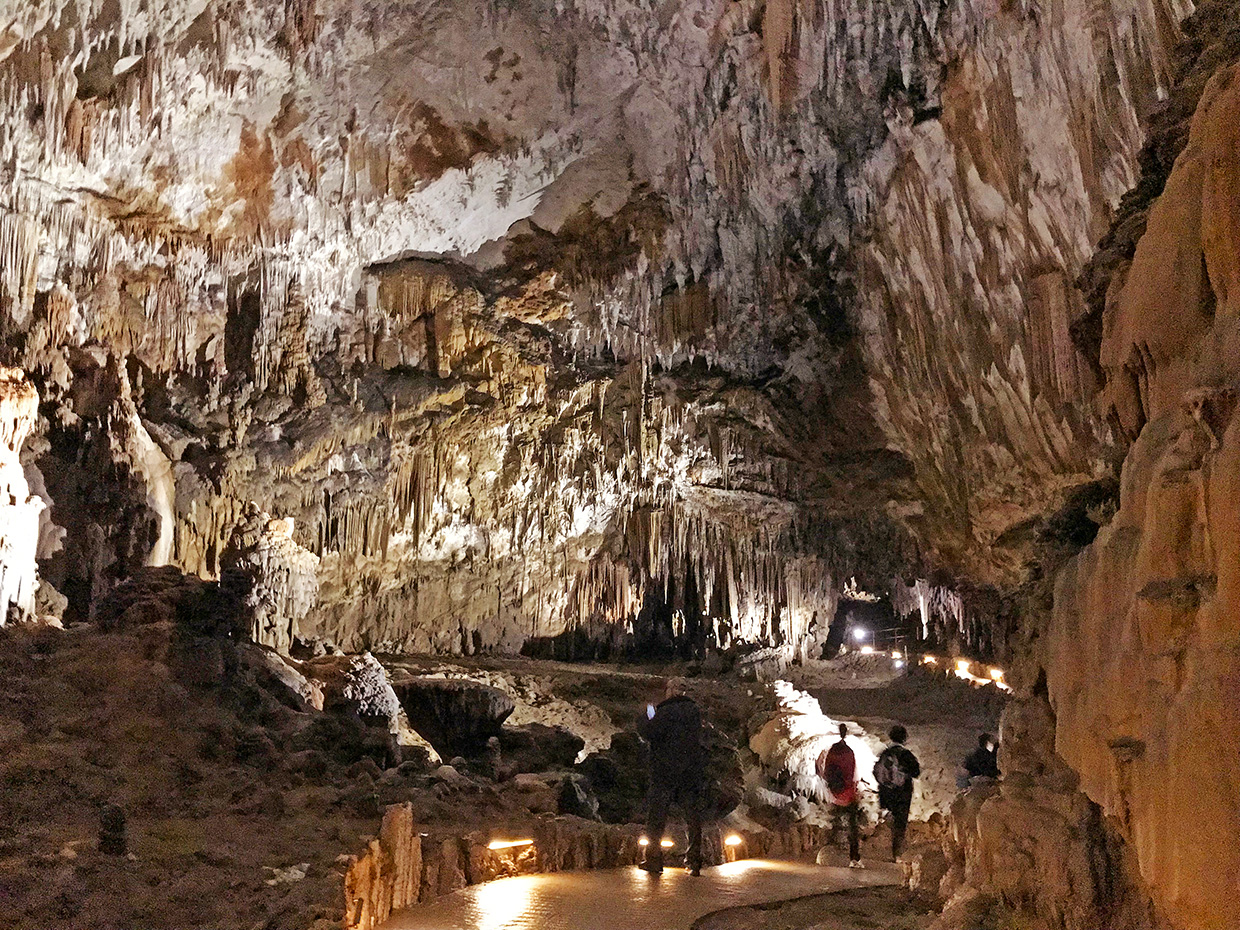
There’s a list of my favorite UNESCO Sites in Europe (not including Italy)
Whew!
That’s quite a list.
There are a lot of UNESCO sites in Europe that I would love to visit.
Sooooooo many.
Here’s a list of a few:
- Palace and Gardens of Schönbrunn • Austria
- Historical Complex of Split with the Palace of Diocletian • Croatia
- Palace and Park of Versailles • France
- Mont-Saint-Michel and its Bay • France
- Canal du Midi • France
- The Loire Valley between Sully-sur-Loire and Chalonnes • France
- Champagne Hillsides, Houses and Cellars • France
- Upper Middle Rhine Valley • Germany
- Vatnajökull National Park – Dynamic Nature of Fire and Ice • Iceland
- Skellig Michael • Ireland
- West Norwegian Fjords – Geirangerfjord and Nærøyfjord • Norway
- Auschwitz Birkenau • Poland
- Historic Centre of Évora • Portugal
- Cultural Landscape of Sintra • Portugal
- Historic Centre of Guimarães • Portugal
- Alto Douro Wine Region • Portugal
- Wooden Churches of Maramureş • Romania
- Doñana National Park • Spain
- Historic City of Toledo • Spain
- Swiss Alps Jungfrau-Aletsch • Switzerland
- Heart of Neolithic Orkney • Scotland
- Dorset and East Devon Coast • England
- The English Lake District • England
Ooops.
I have quite a long list, don’t I?!
There are a lot of UNESCO sites in Europe.
So I could have added more — very easily.
UNESCO sites are special.
Keep that in mind as you visit these awesome sites.
Be respectful and take care of them so they stay on the list.
What are your favorite UNESCO sites in Europe?
I’d love to know.
Drop them in the comments below!
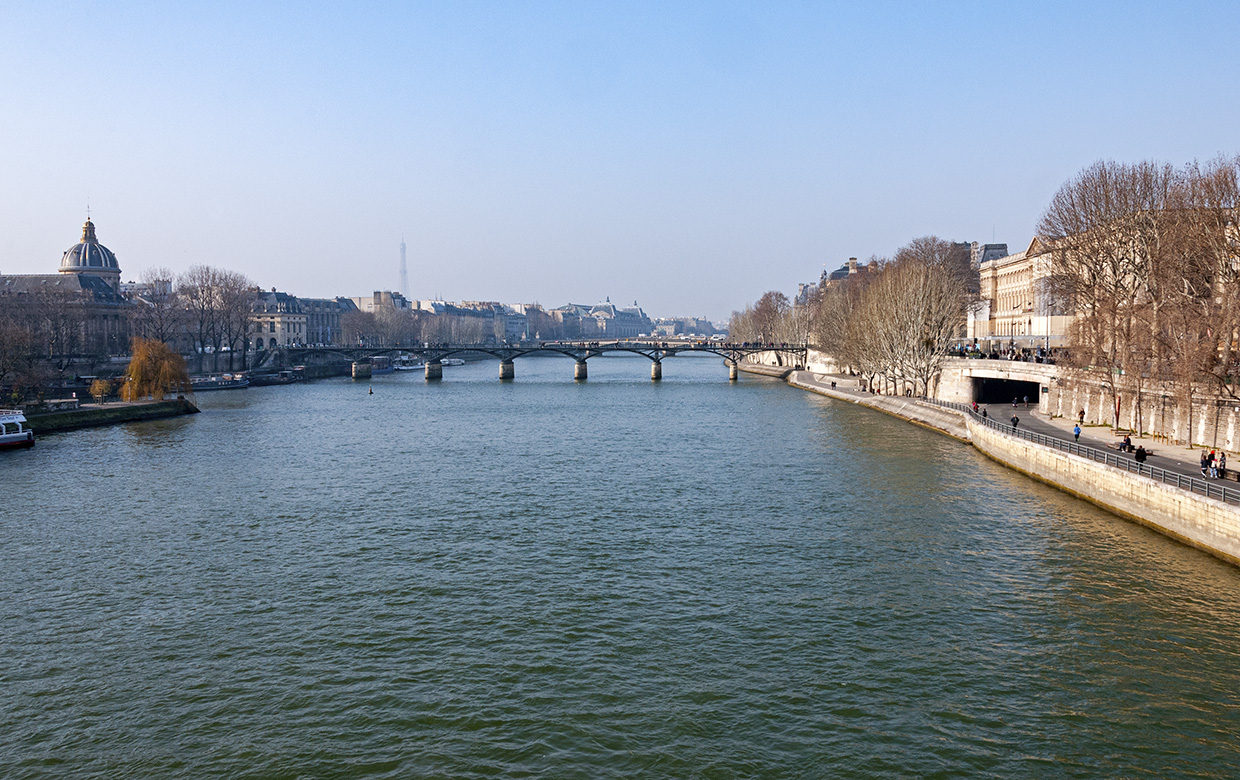
Please note that Wander Your Way is only recommending international travel to those who are vaccinated and feel comfortable doing so. While travel to Europe is getting easier, we are still not out of the woods with COVID.
If you do decide to travel internationally, please do your research or use a travel planning service such as Wander Your Way. Please stay up to date using official sources like the WHO and CDC.
And if you are ready to go soon, please contact Lynne for any assistance you may need.
Disclaimer: This post contains affiliate links. This means I will earn a commission – at no extra cost to you — if you click on the link and purchase anything from these trusted companies. It helps Wander Your Way, a small business, stay in business. Thanks for your support!
Like it? Pin it!
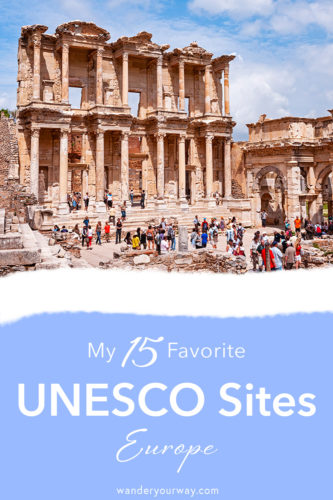
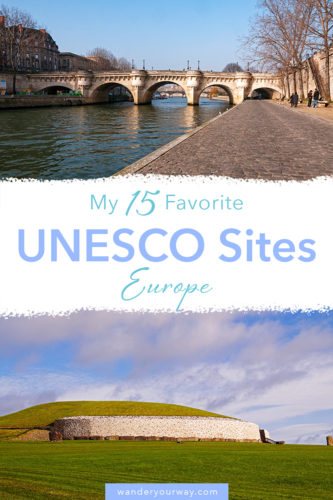
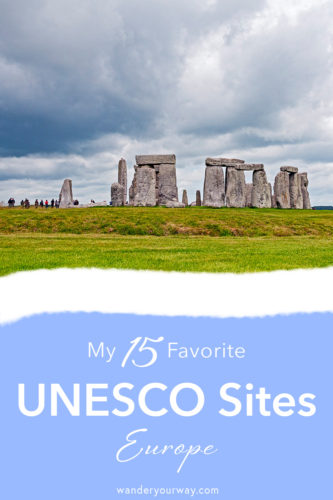

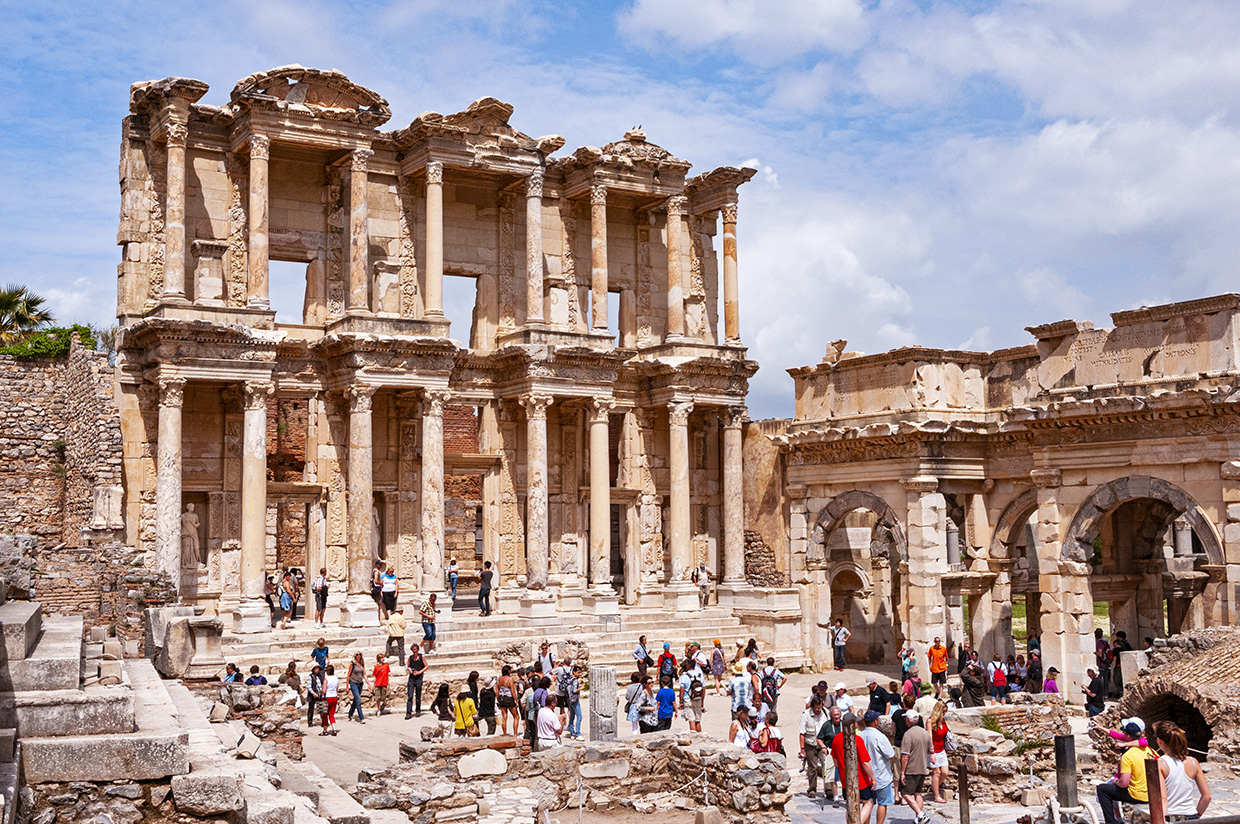








Thanks for the mention, Lynne! Glad to help you explore Edinburgh and find some of those “off the beaten path” places off the Royal Mile in the heart of the Old Town!
Always happy to give you a mention Bo!